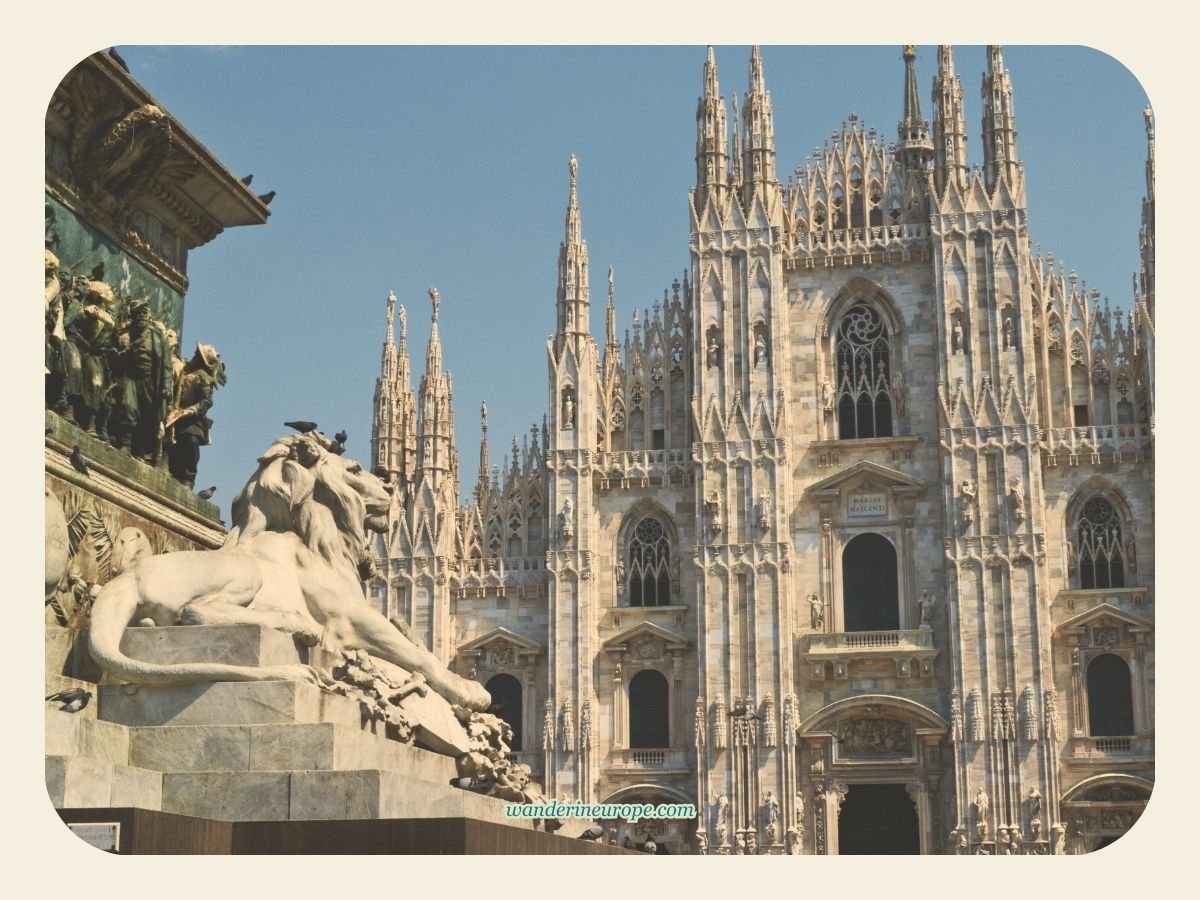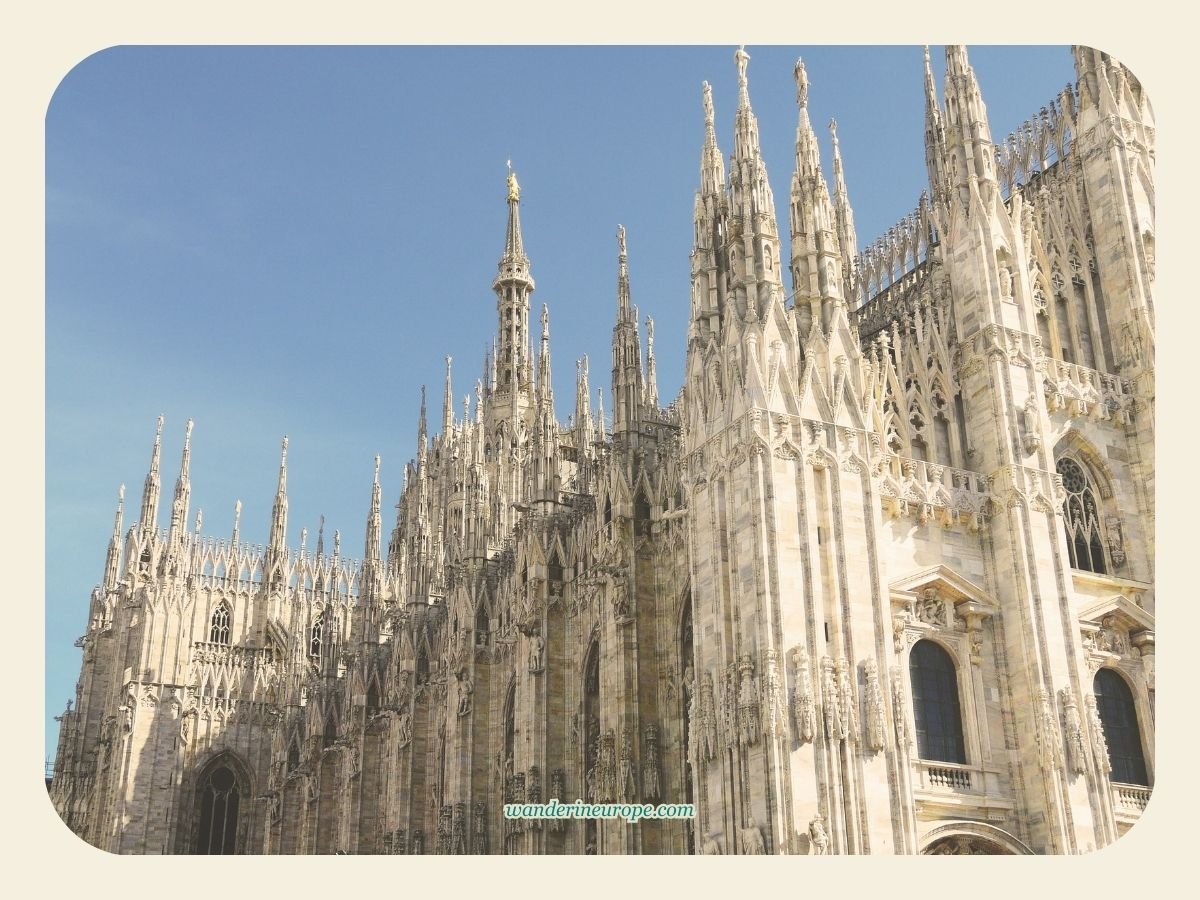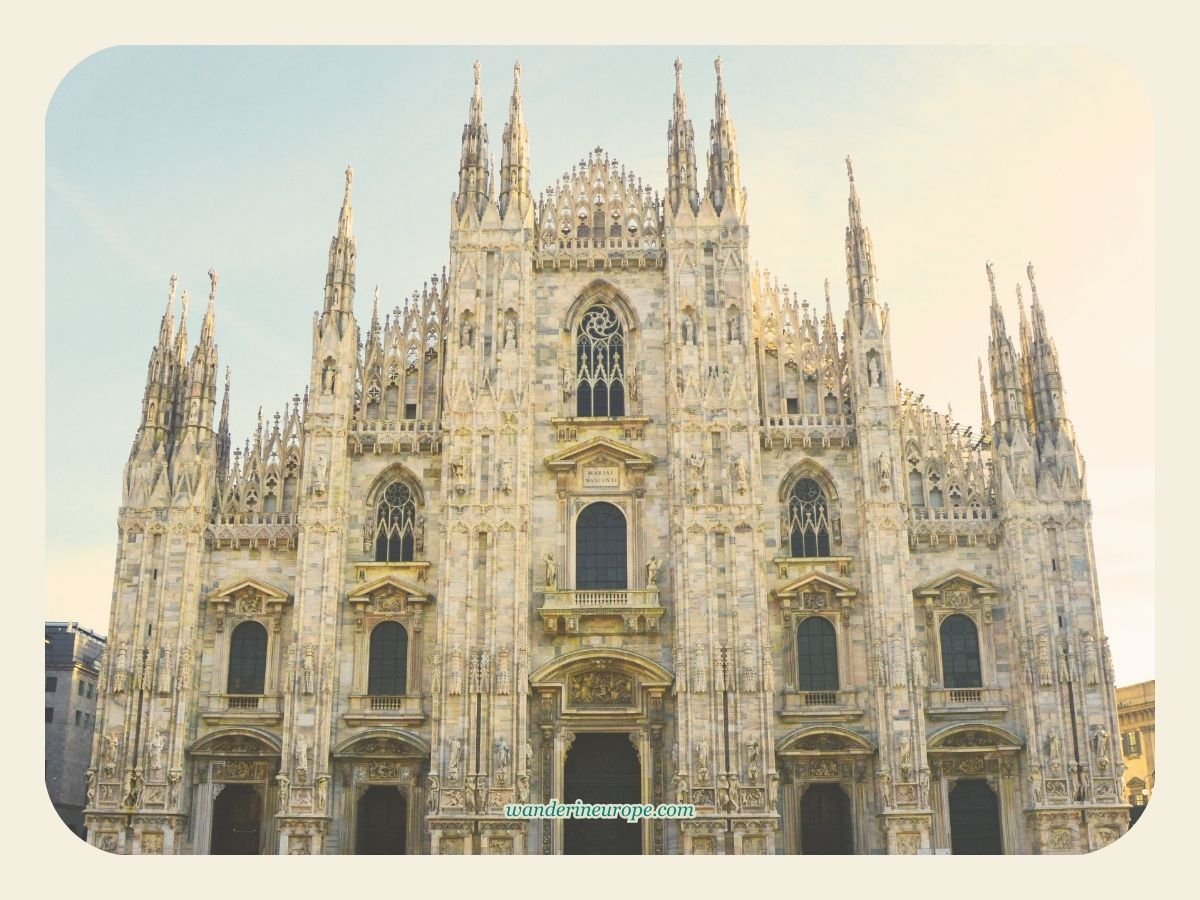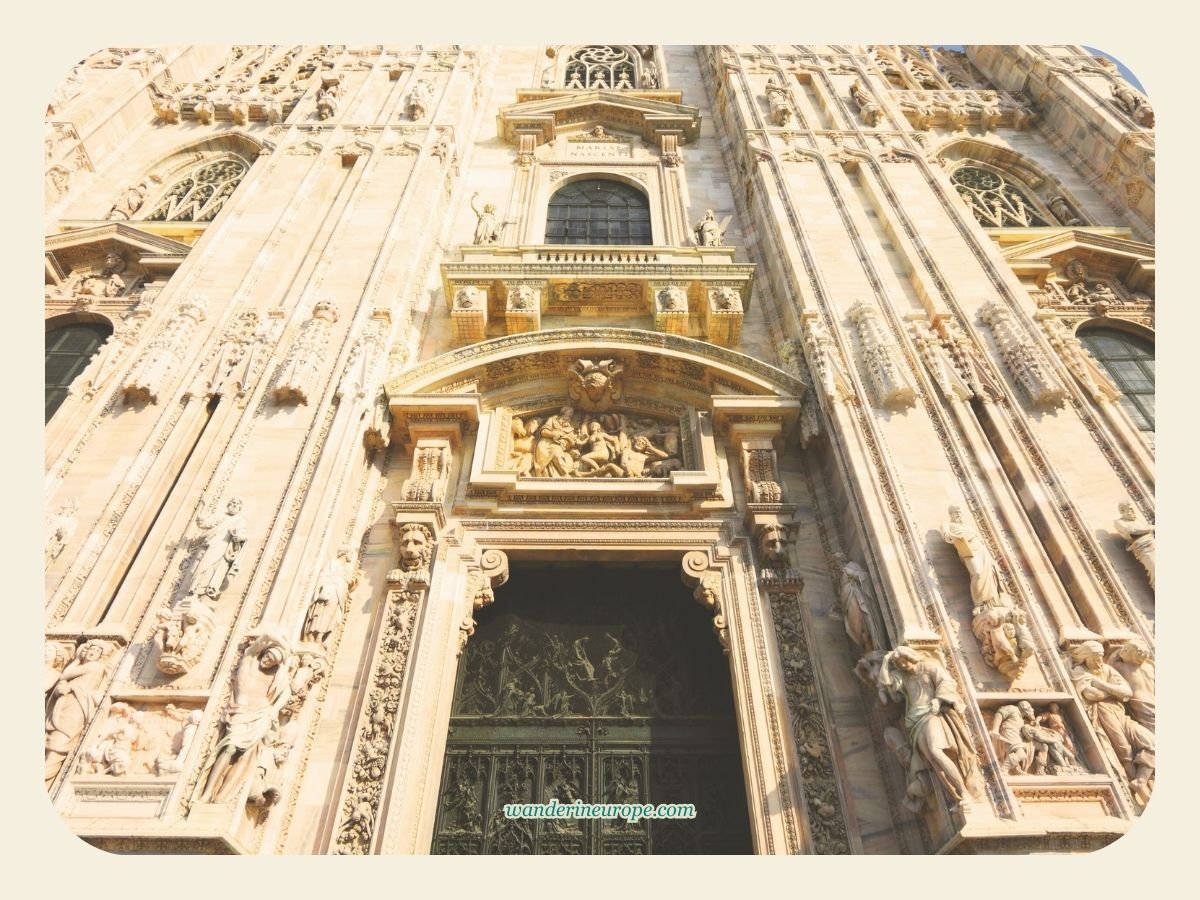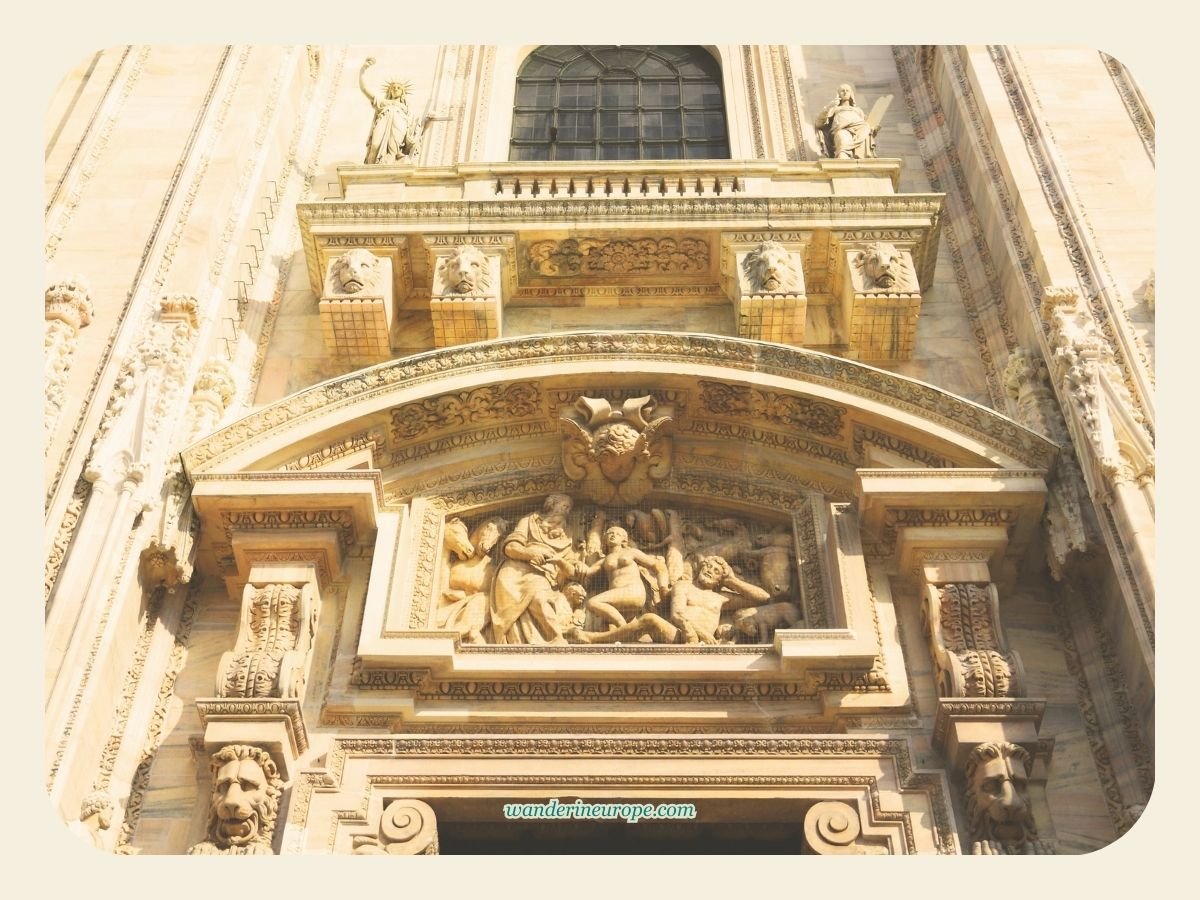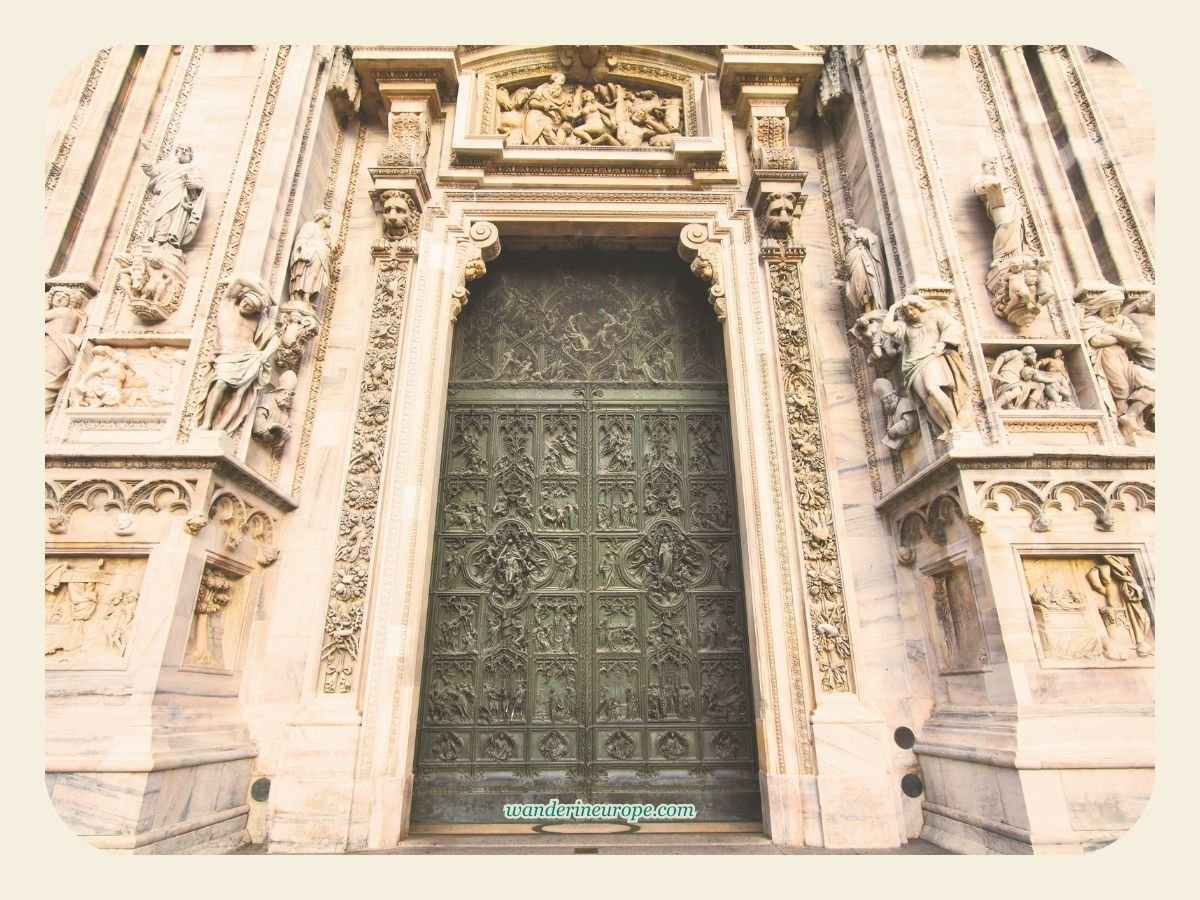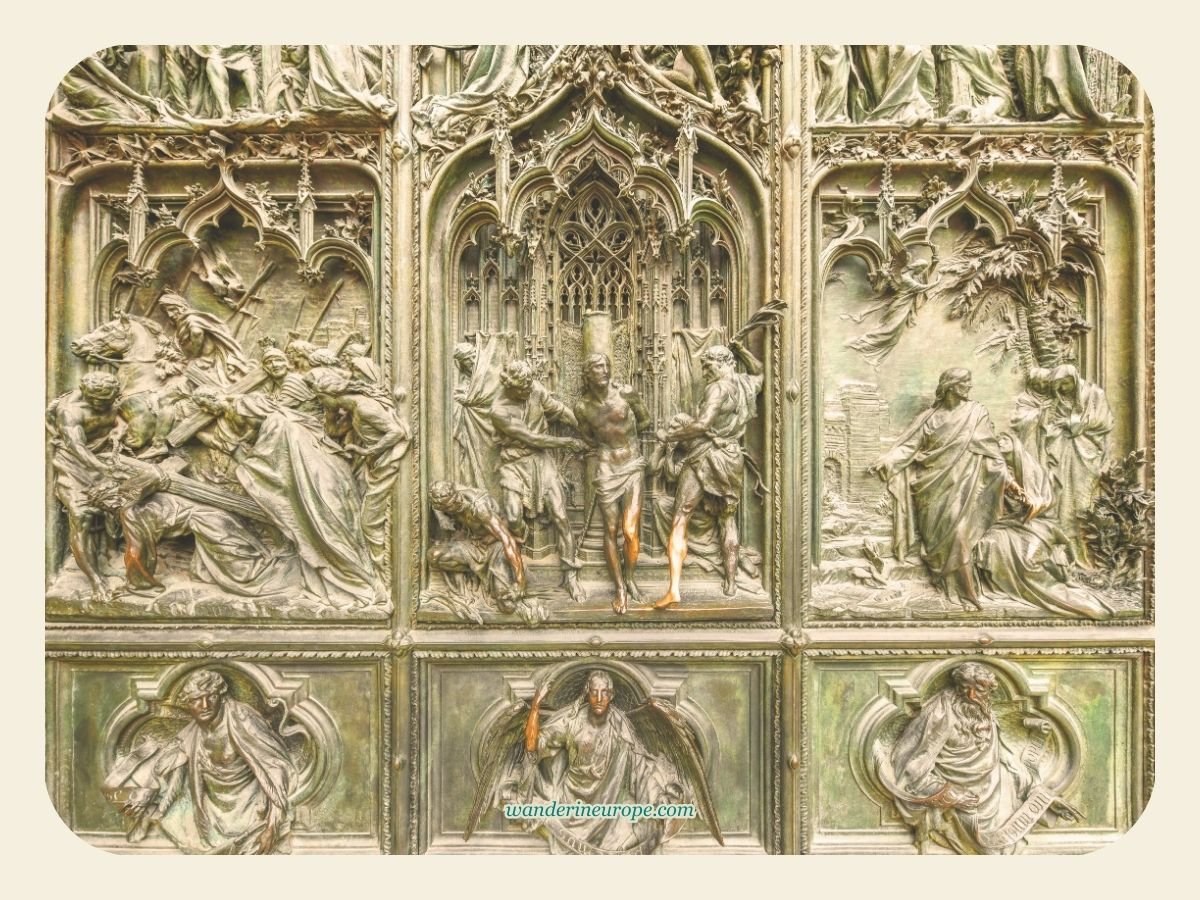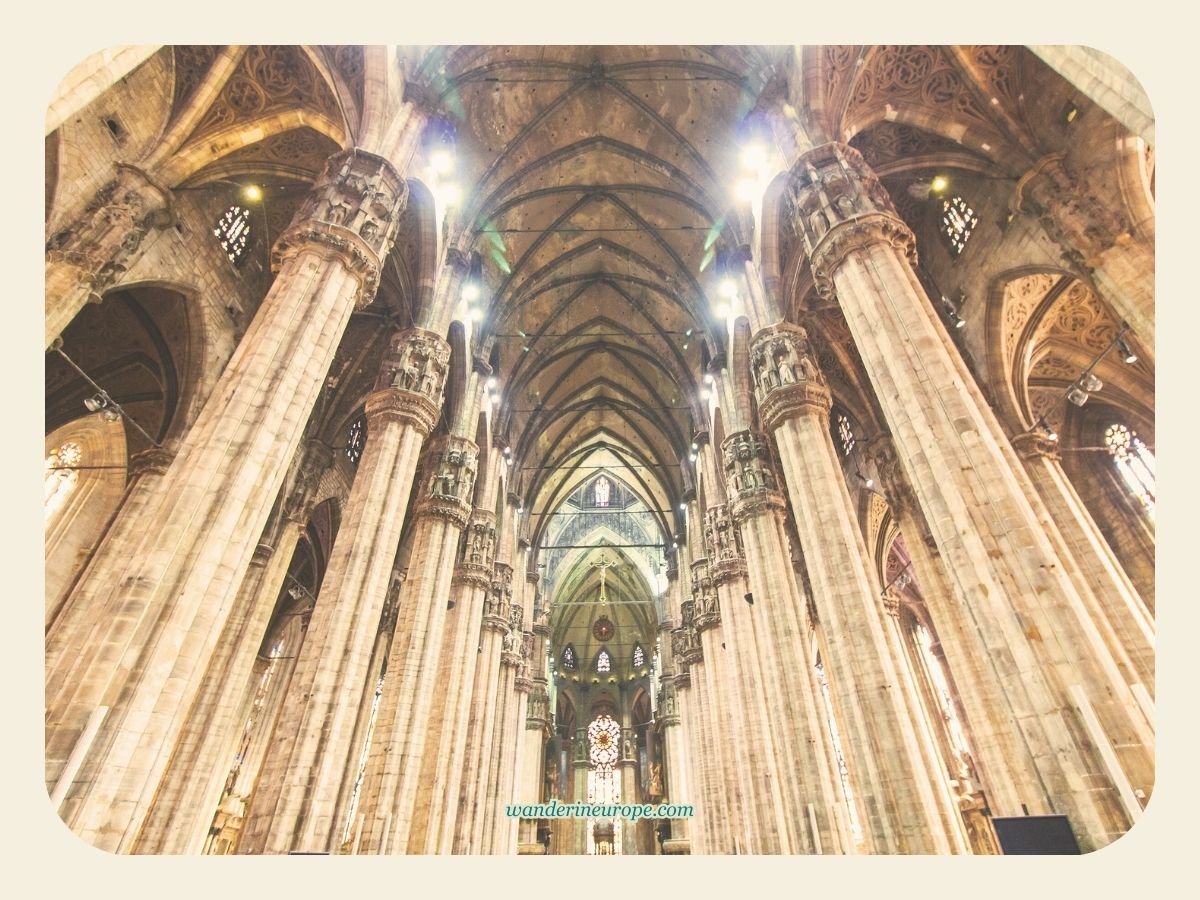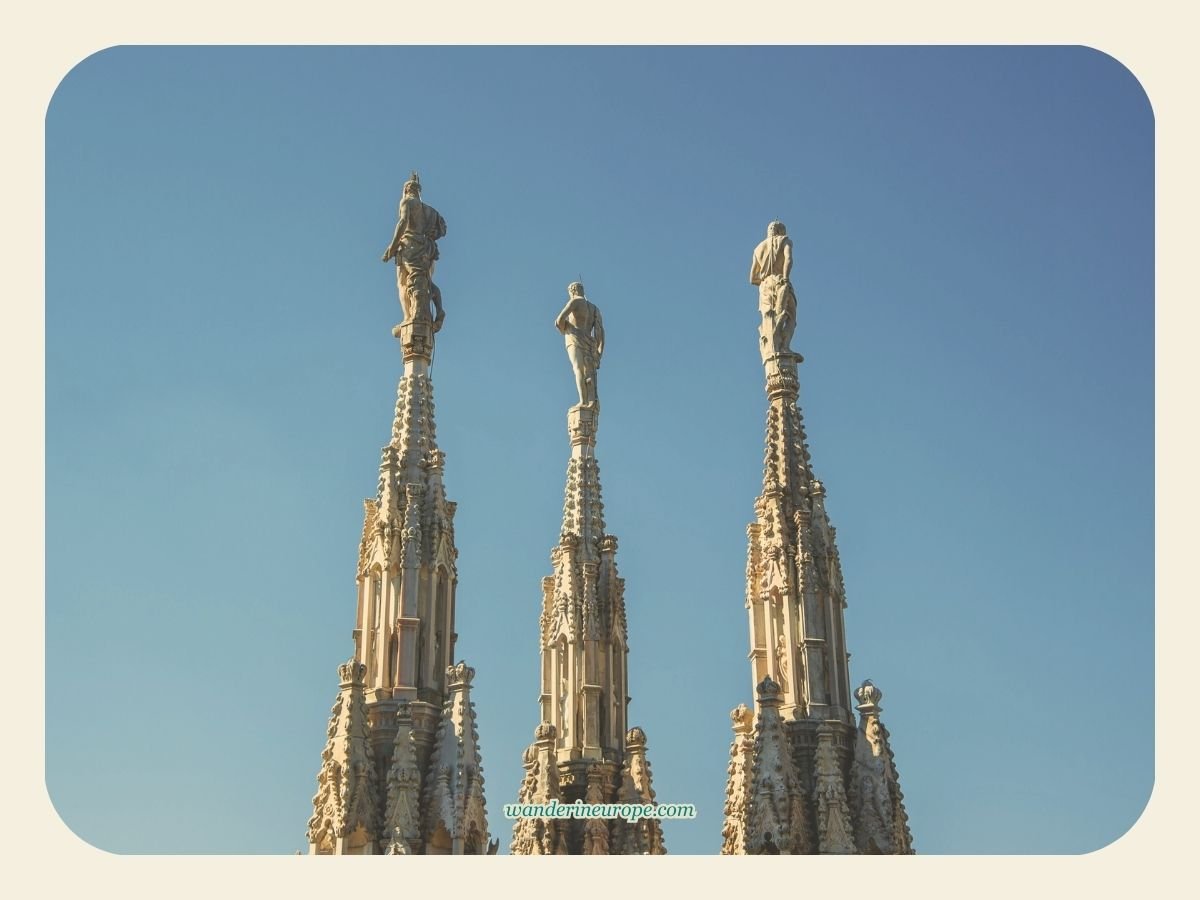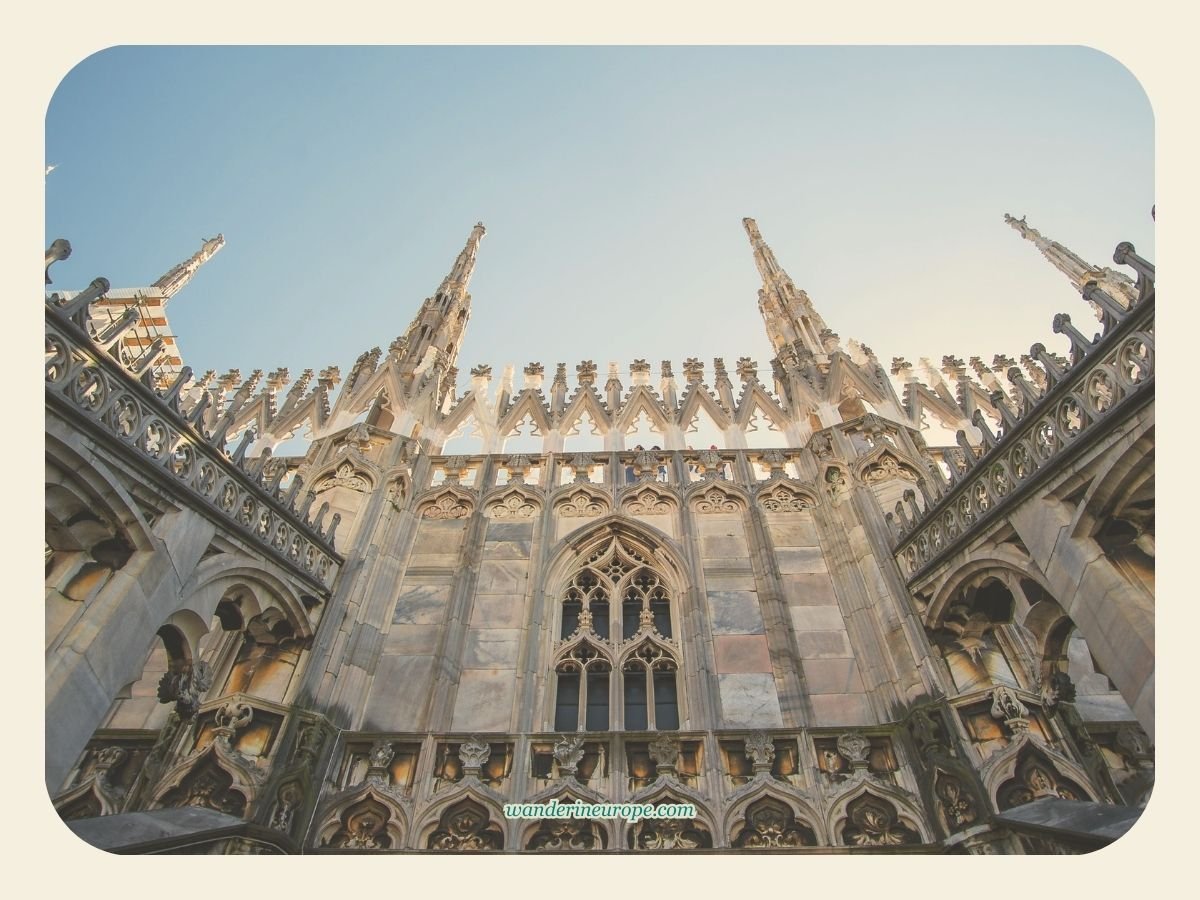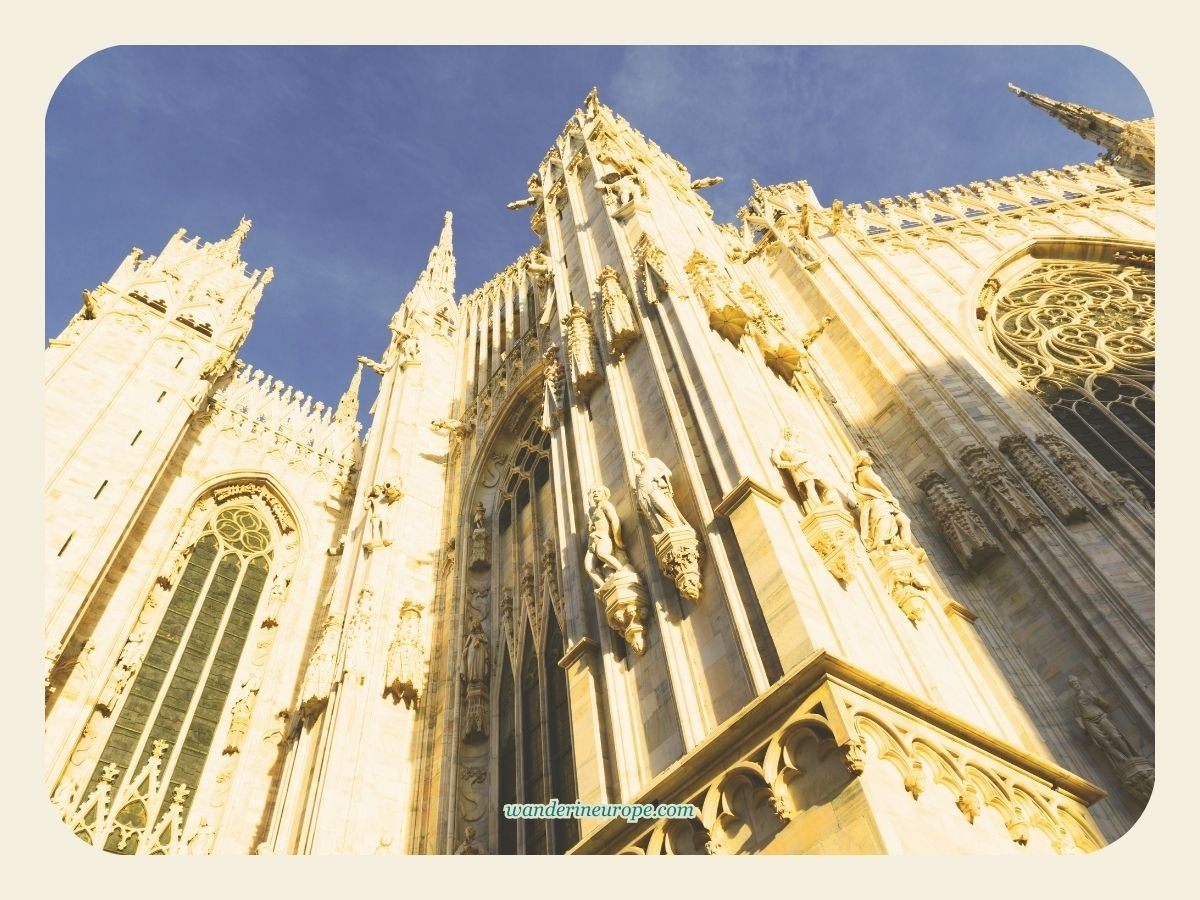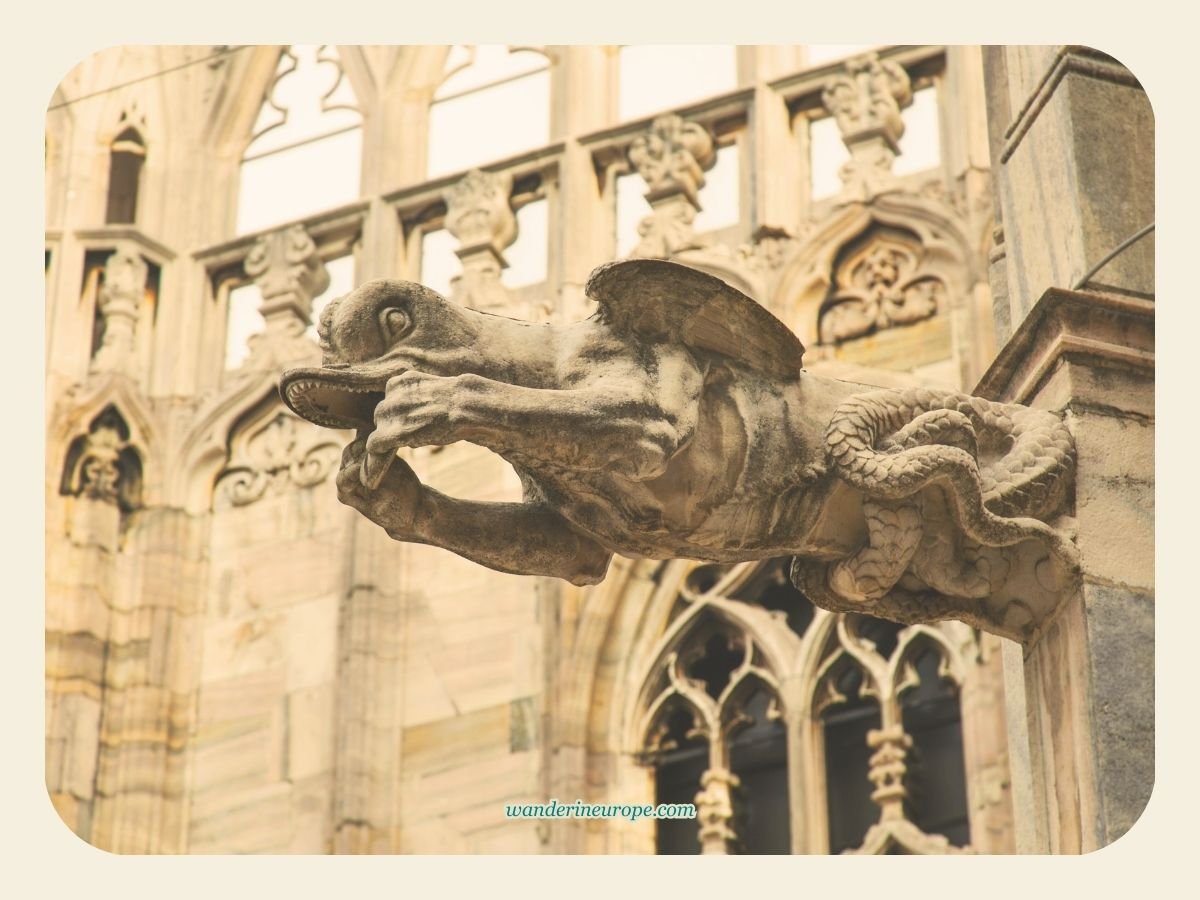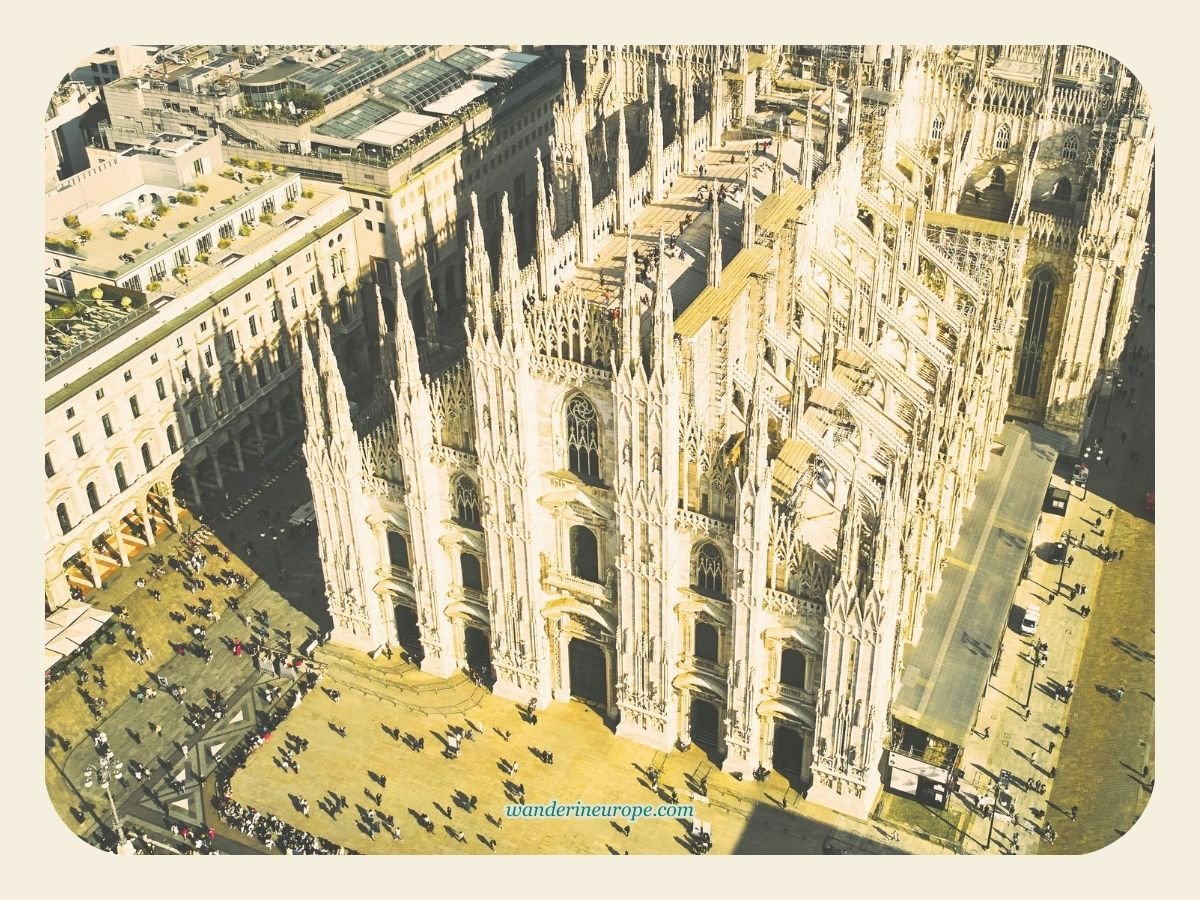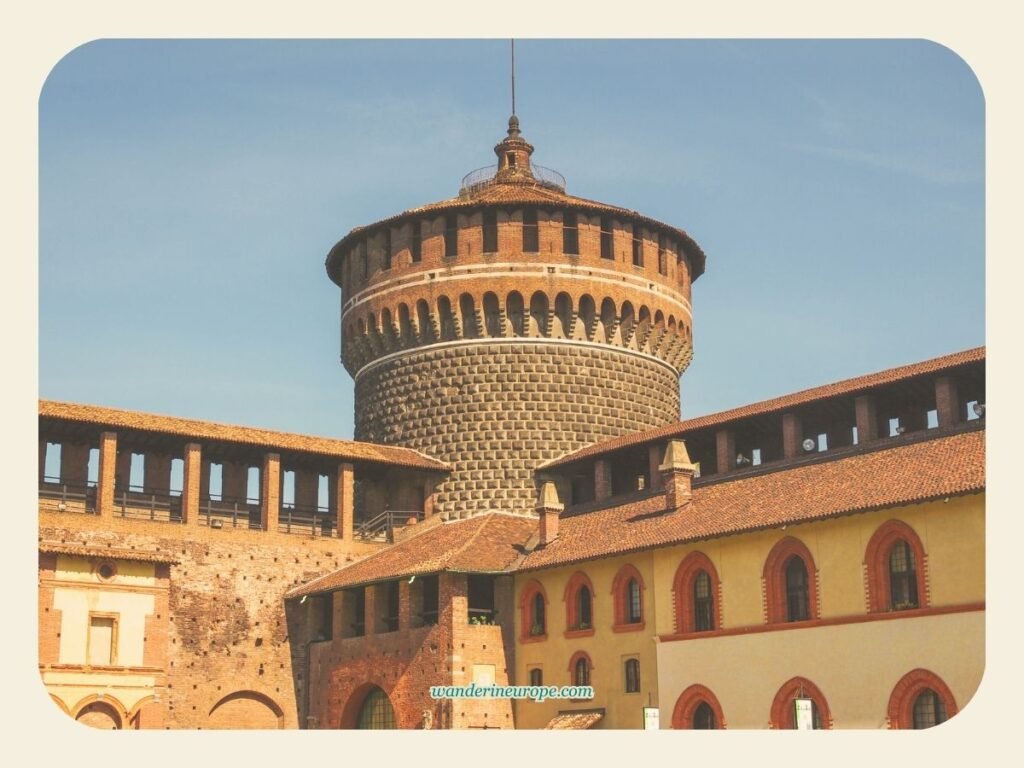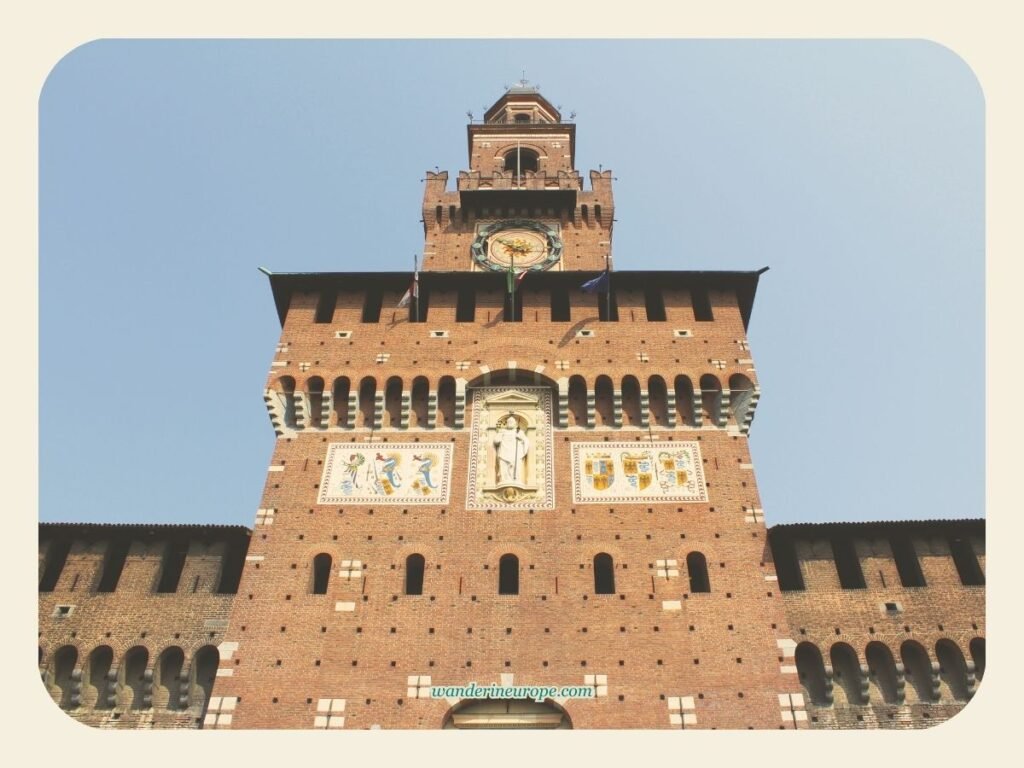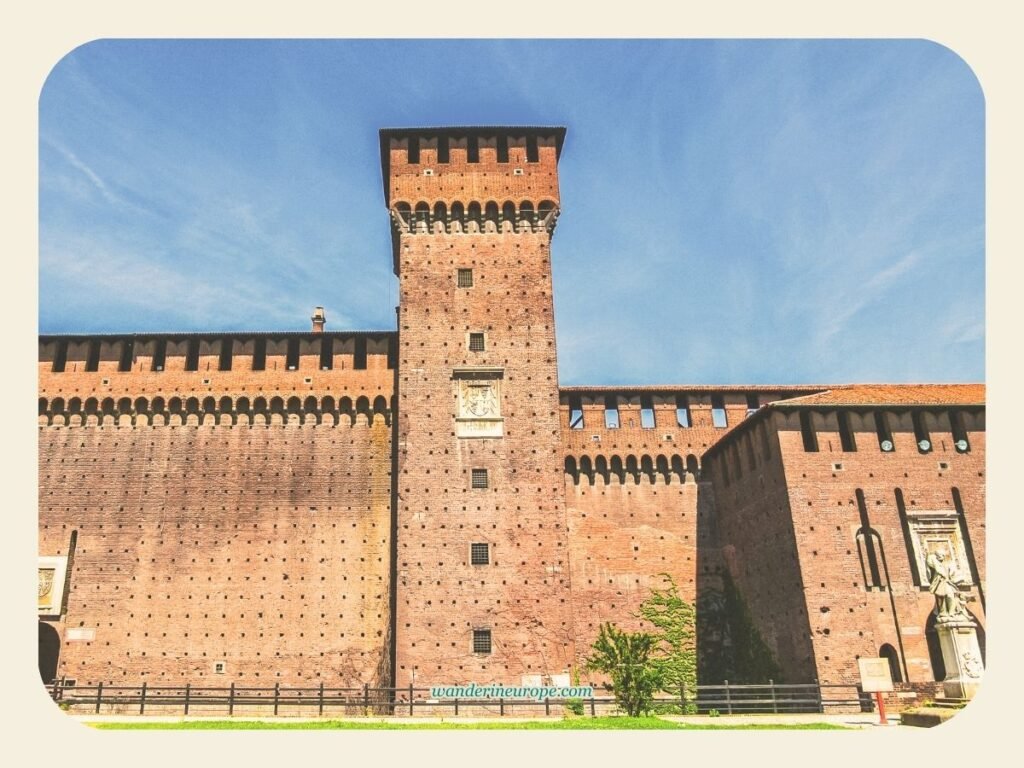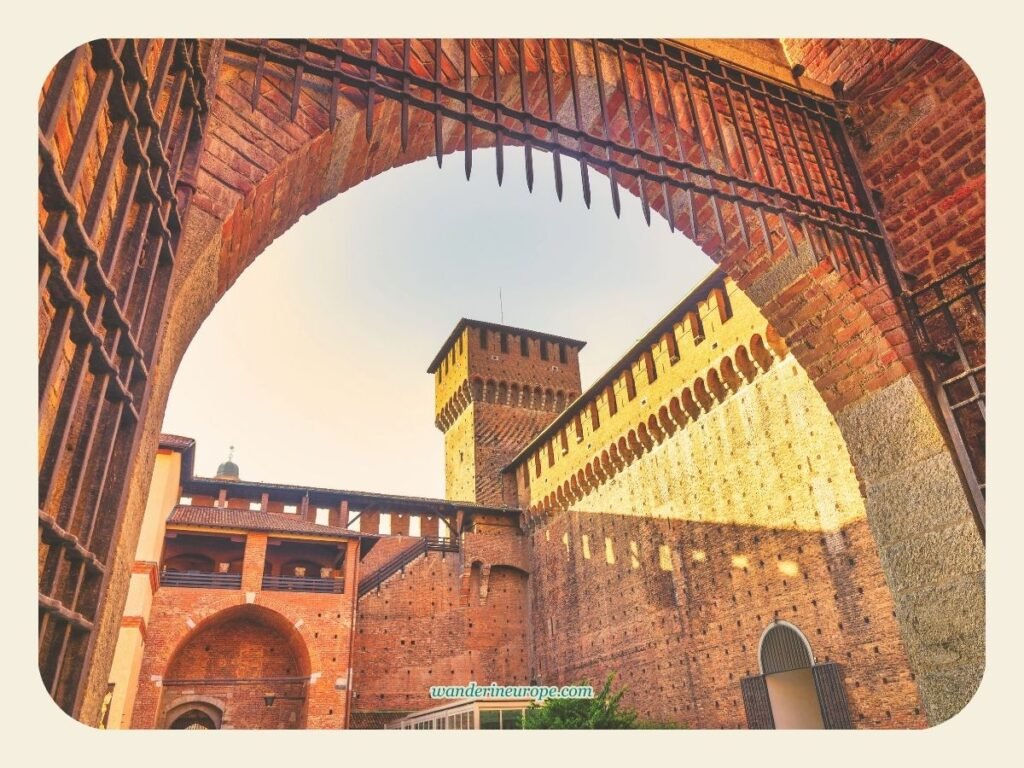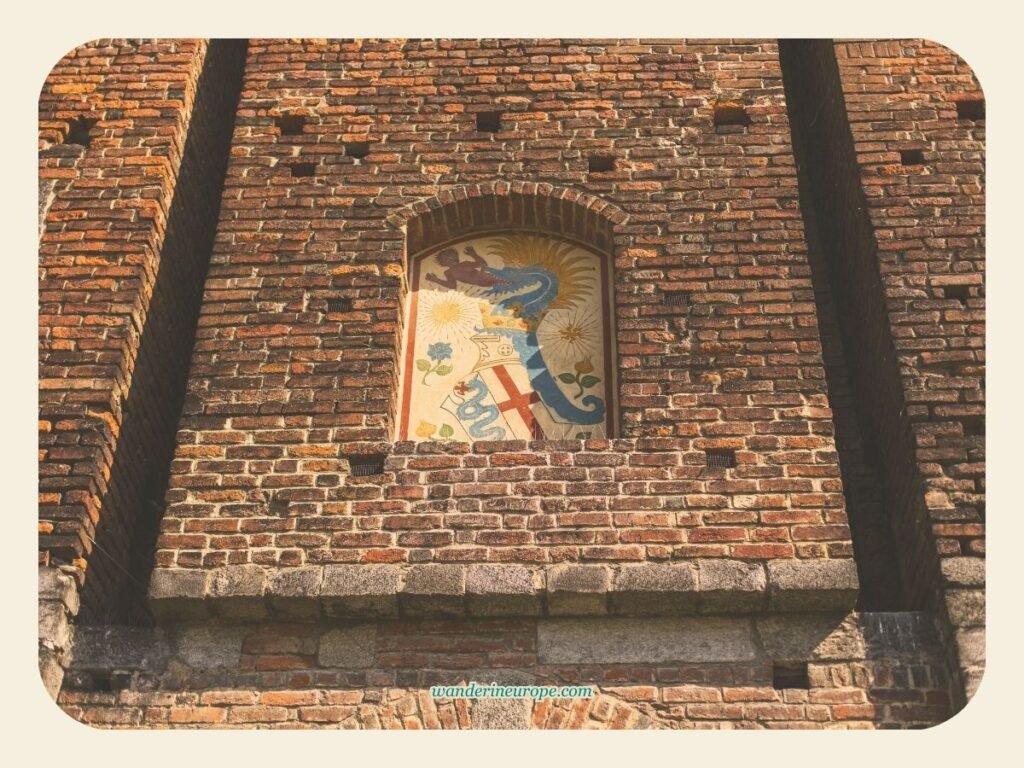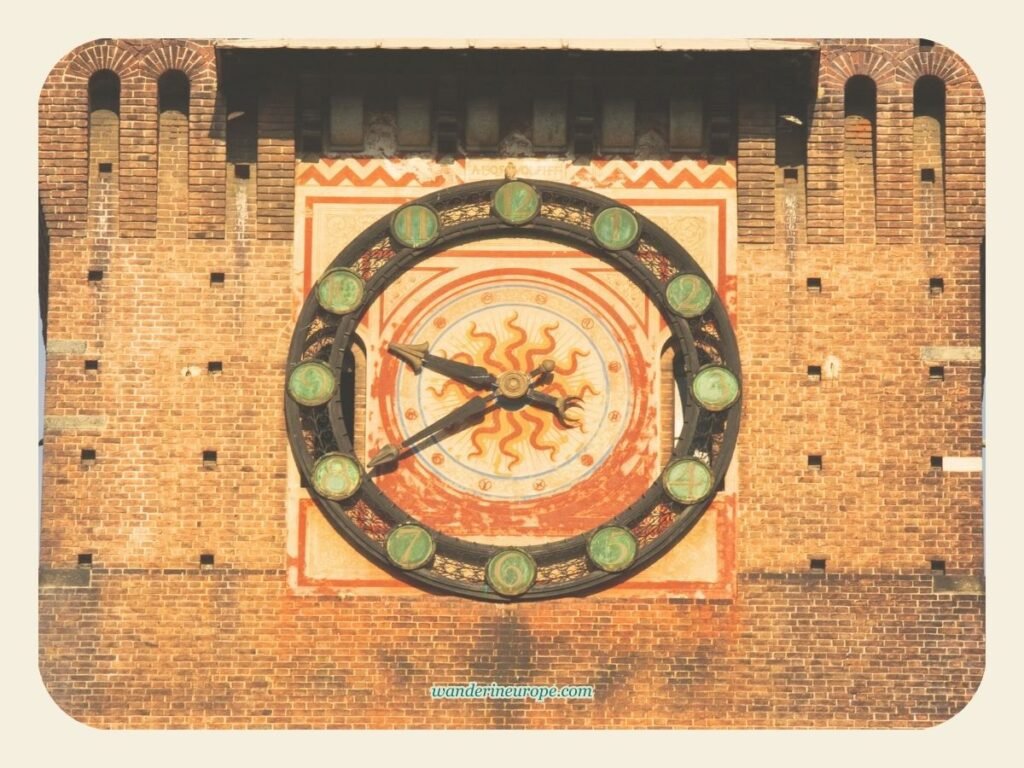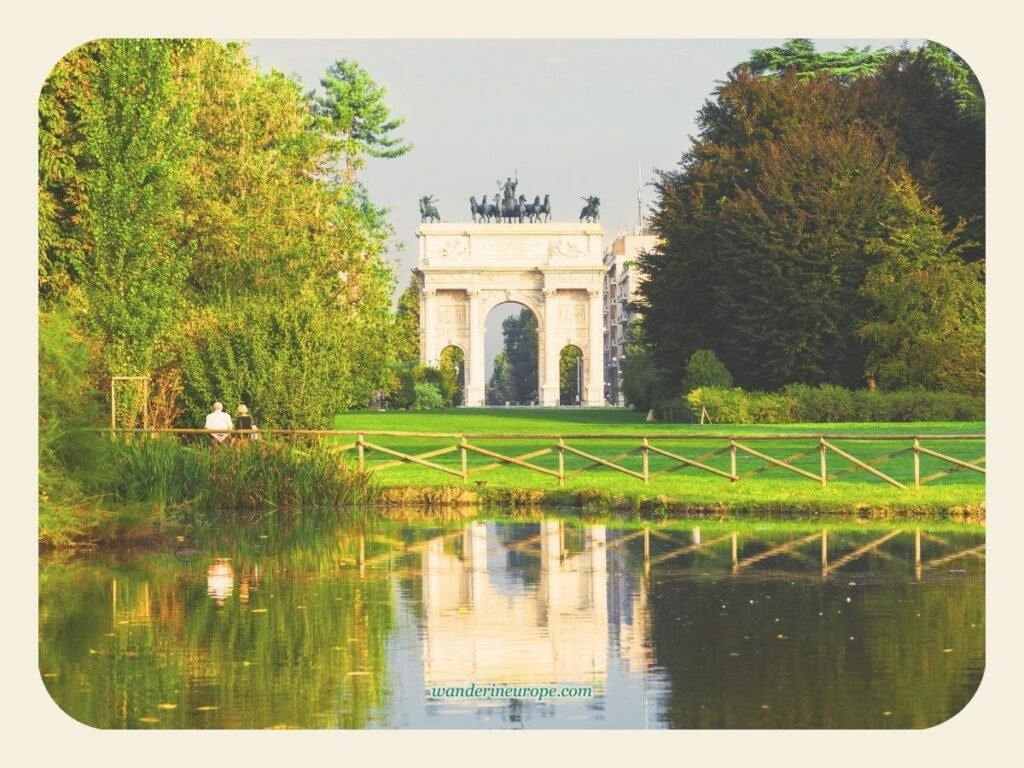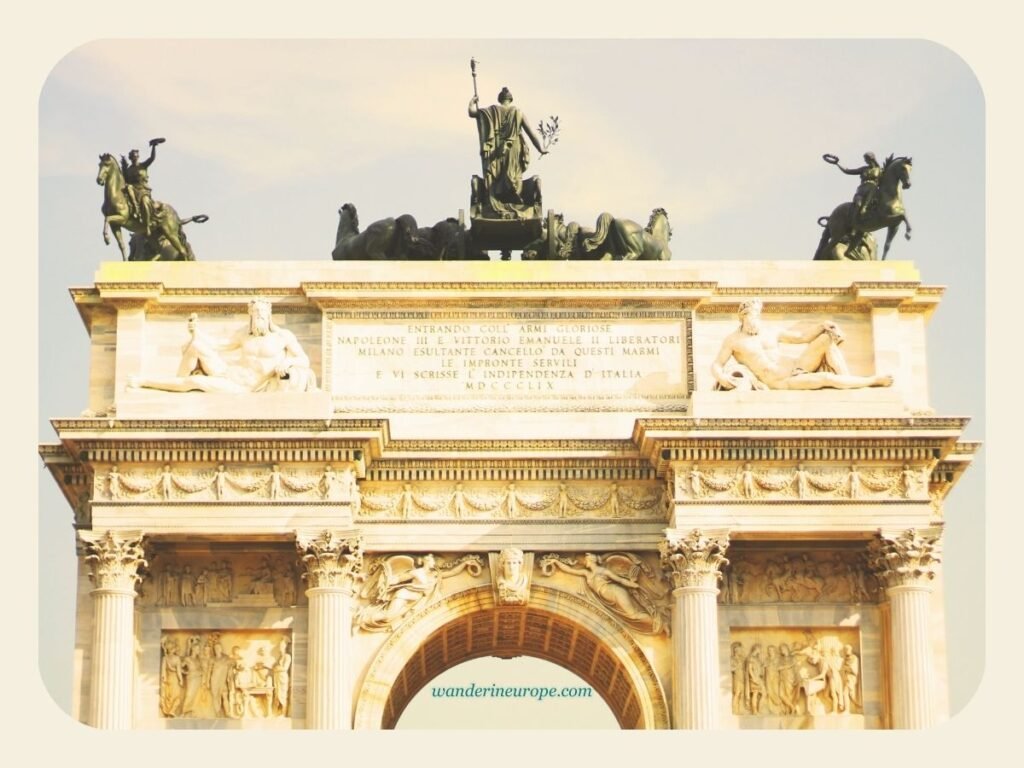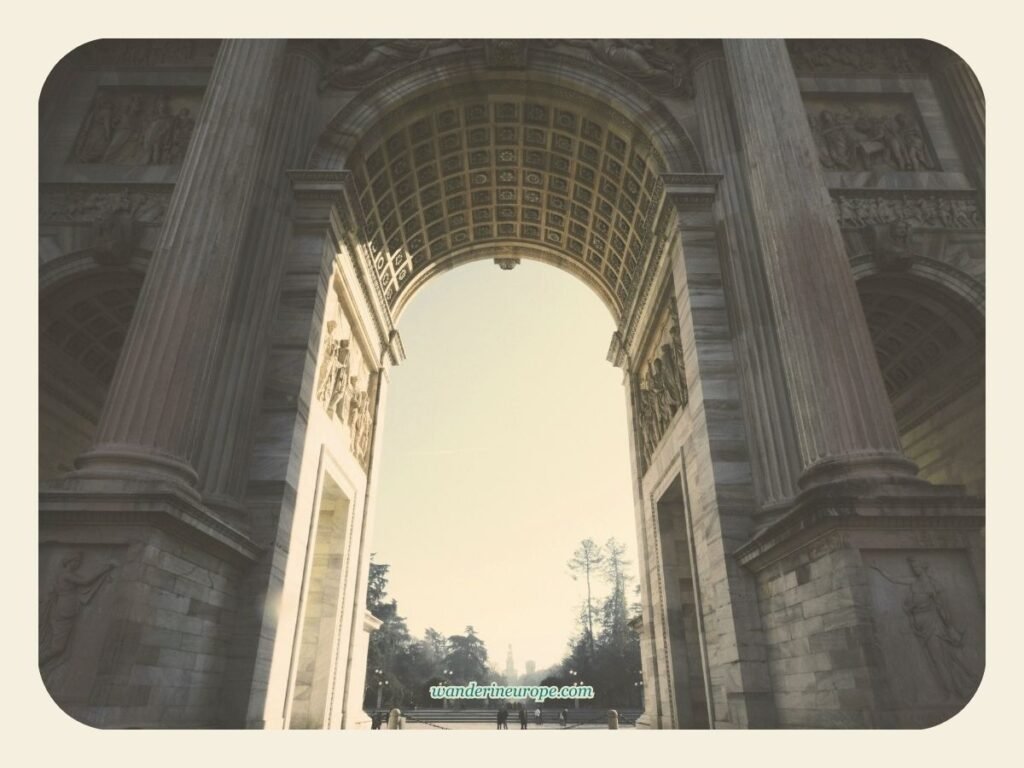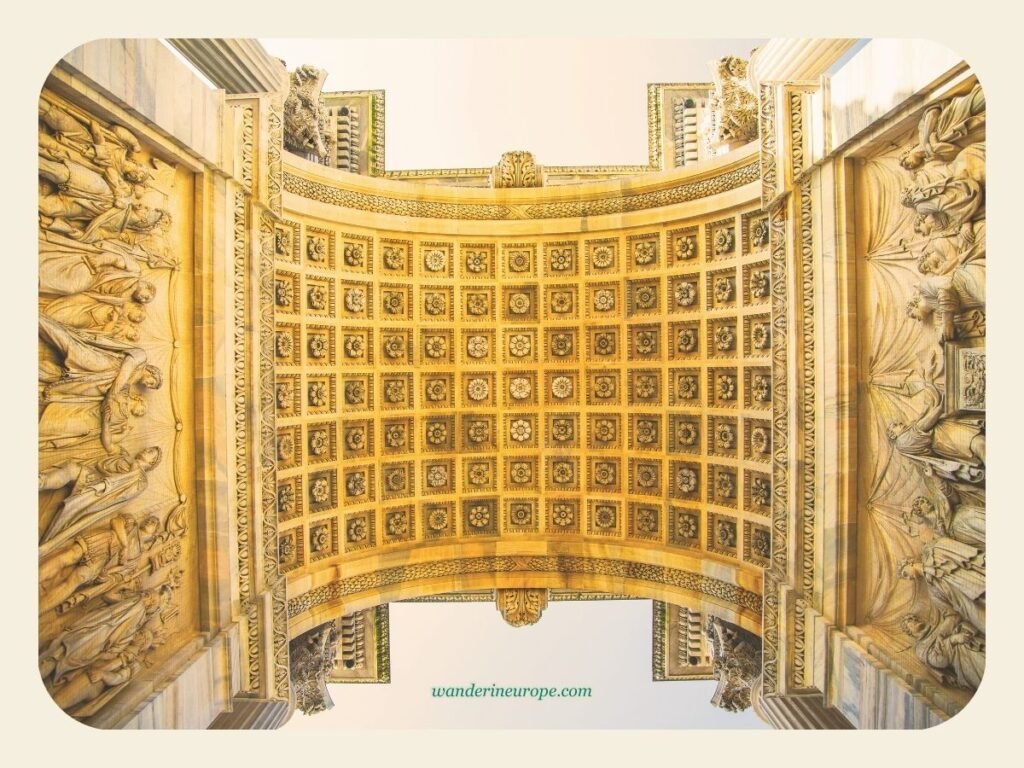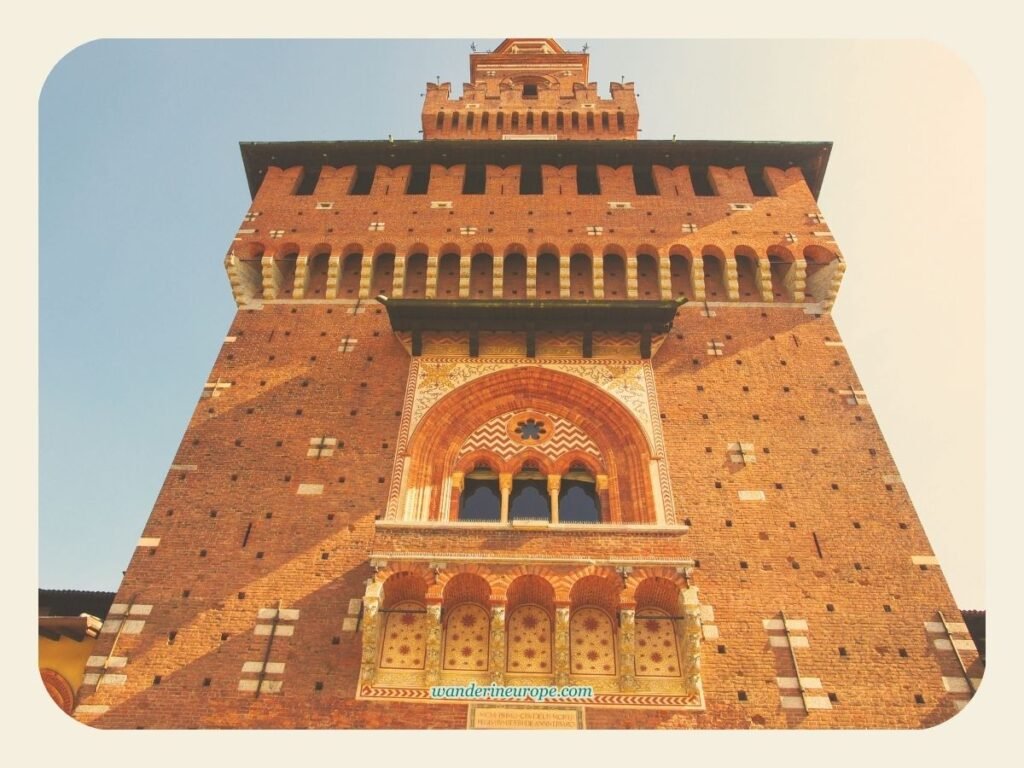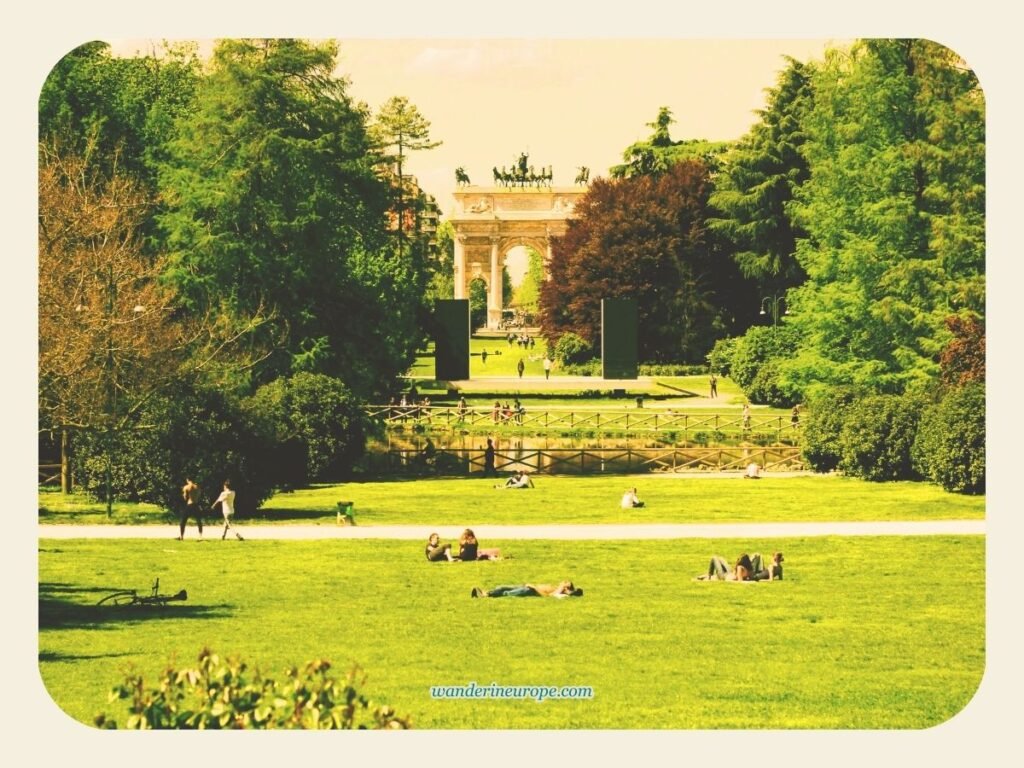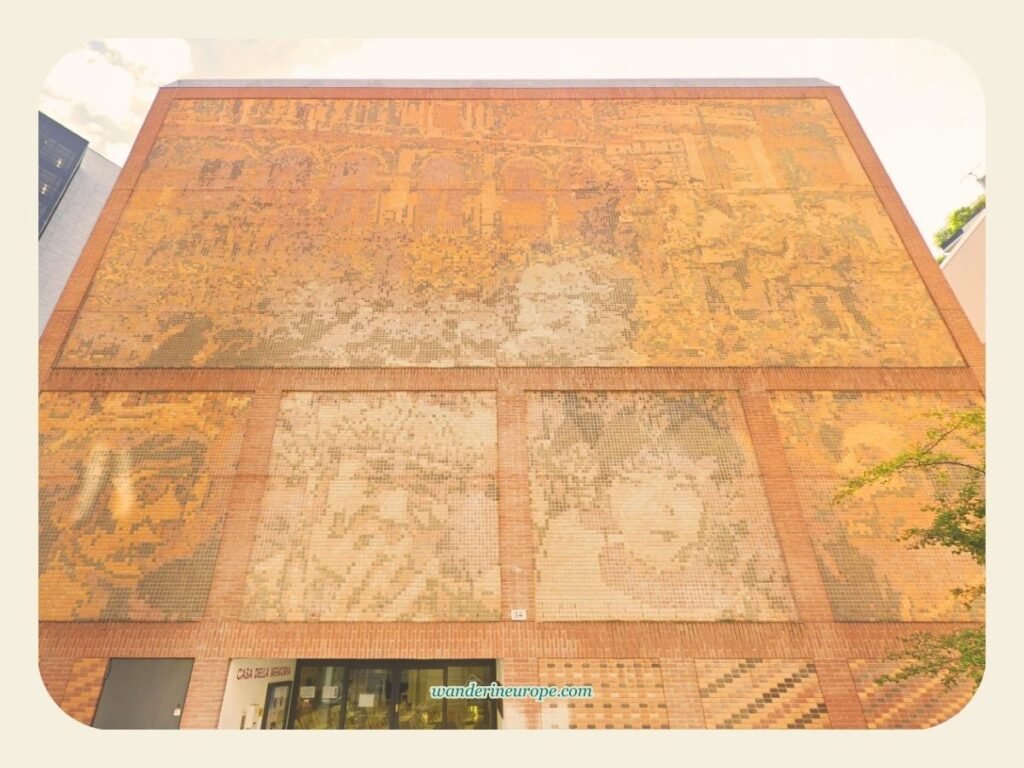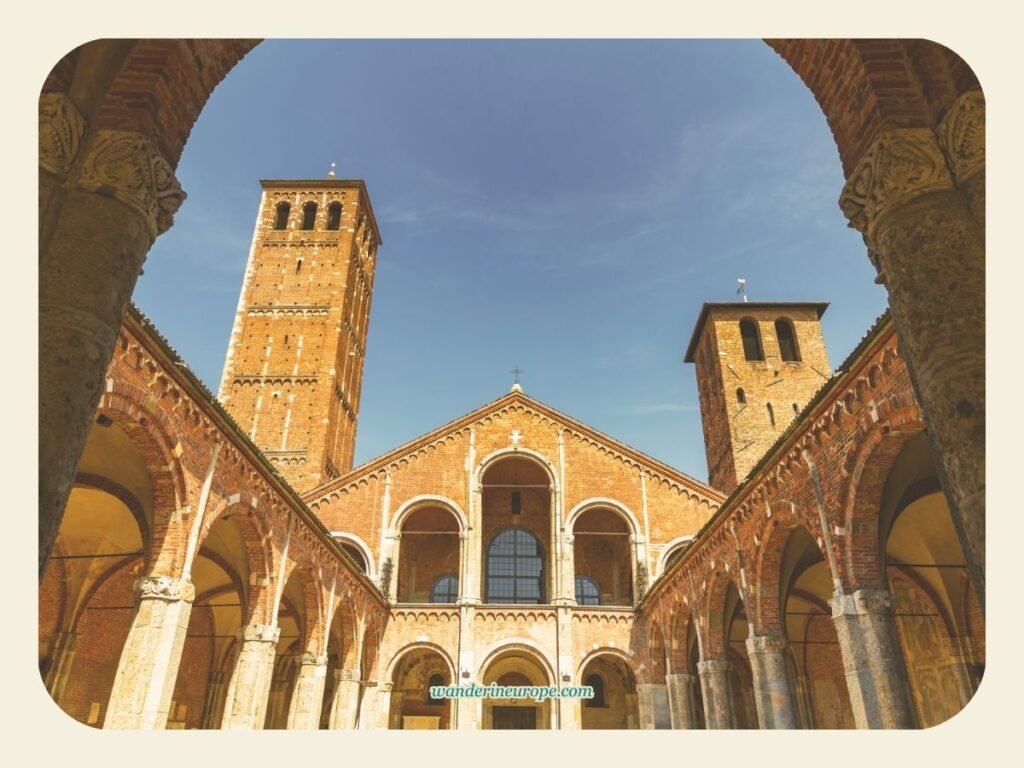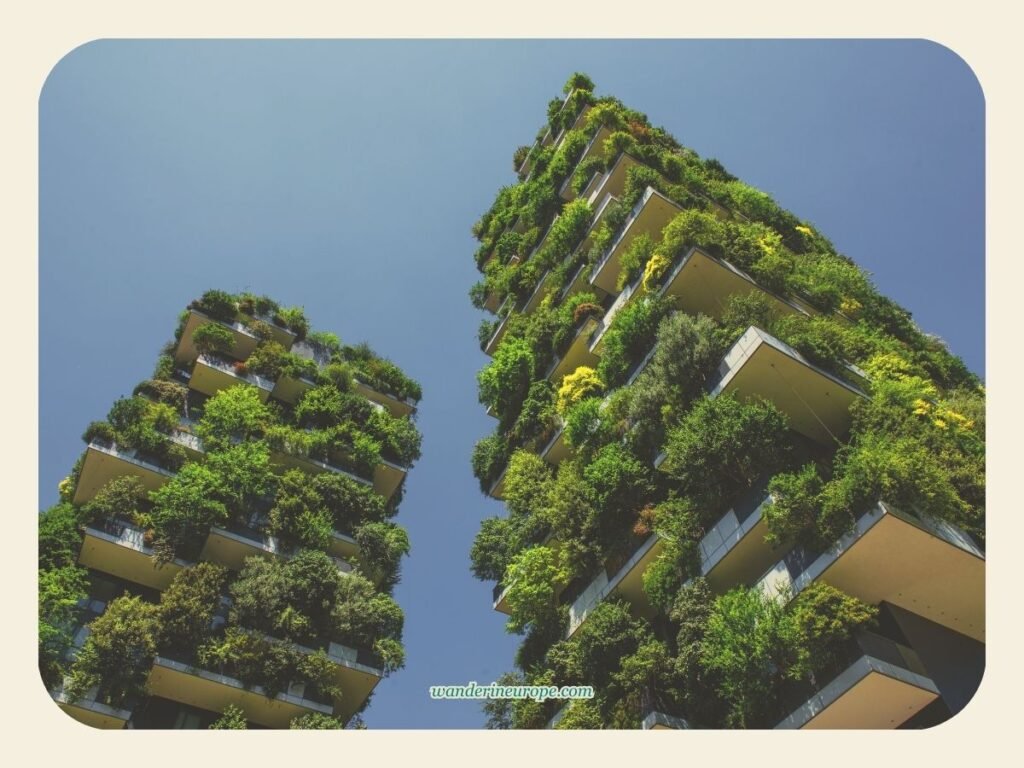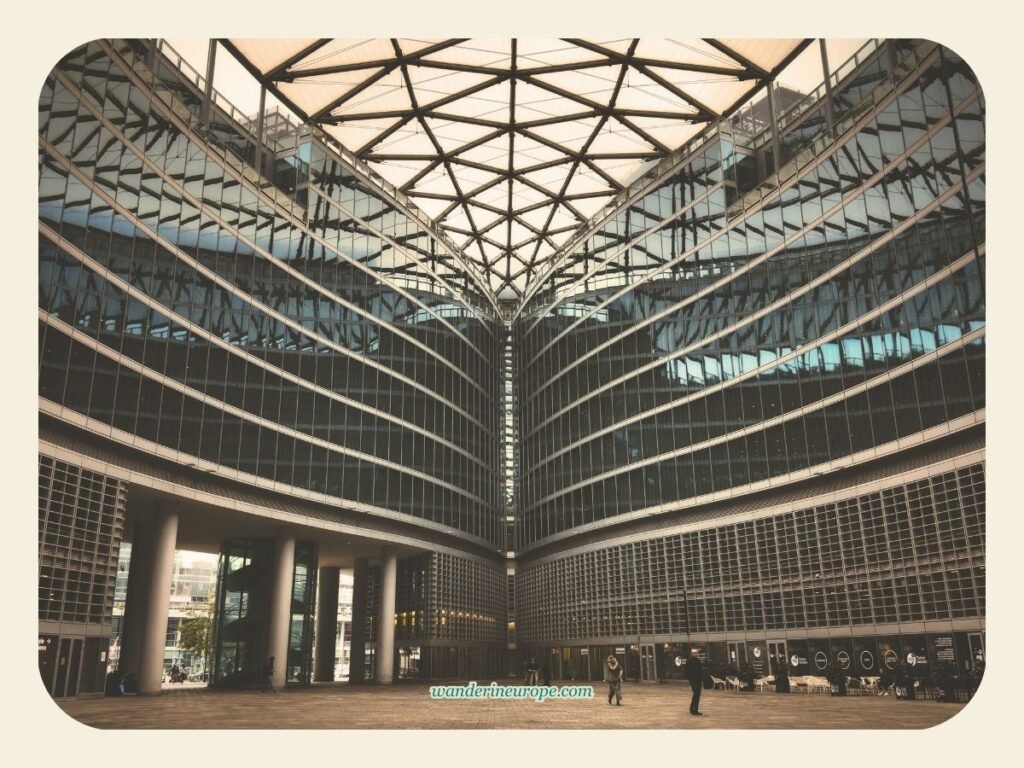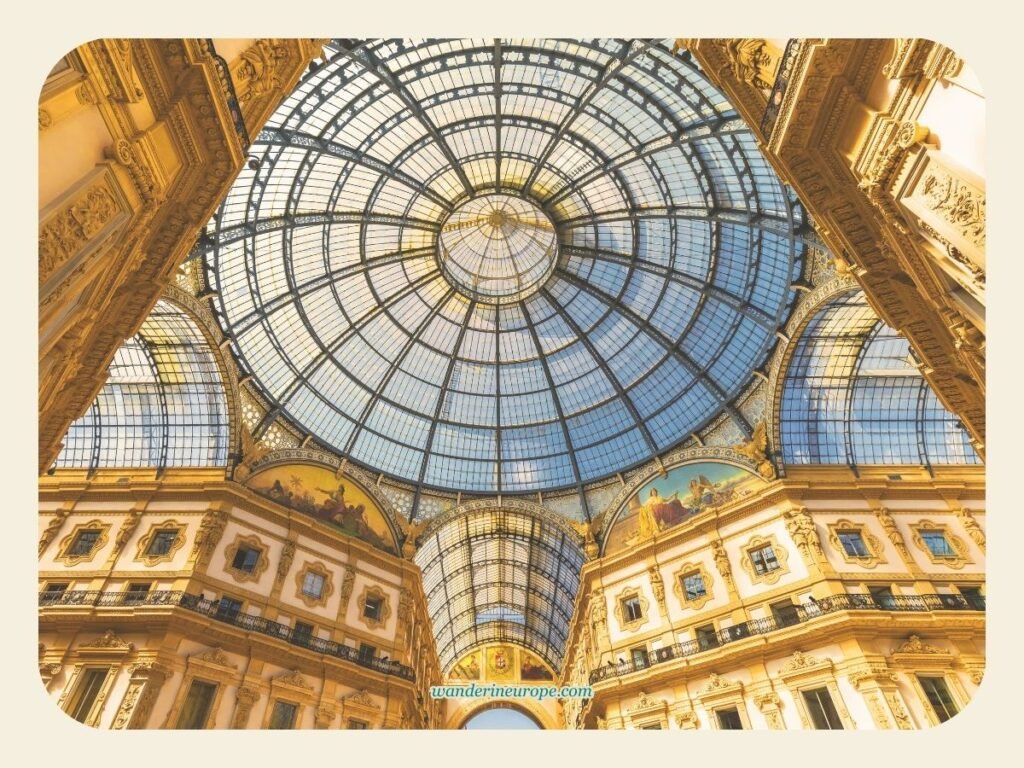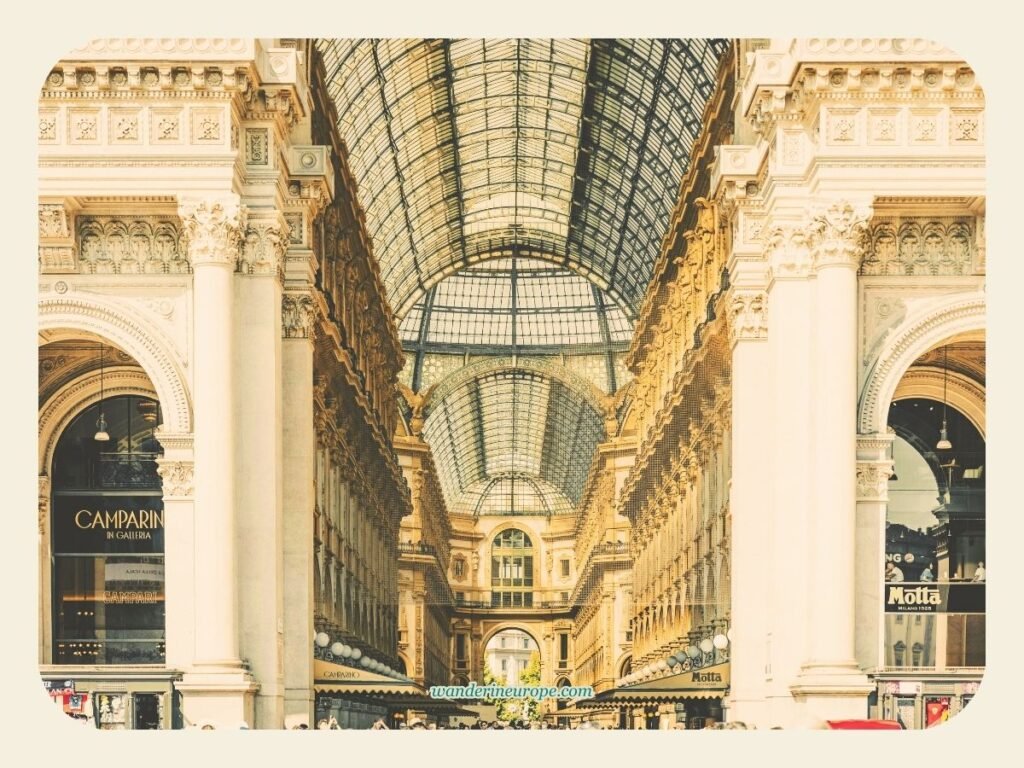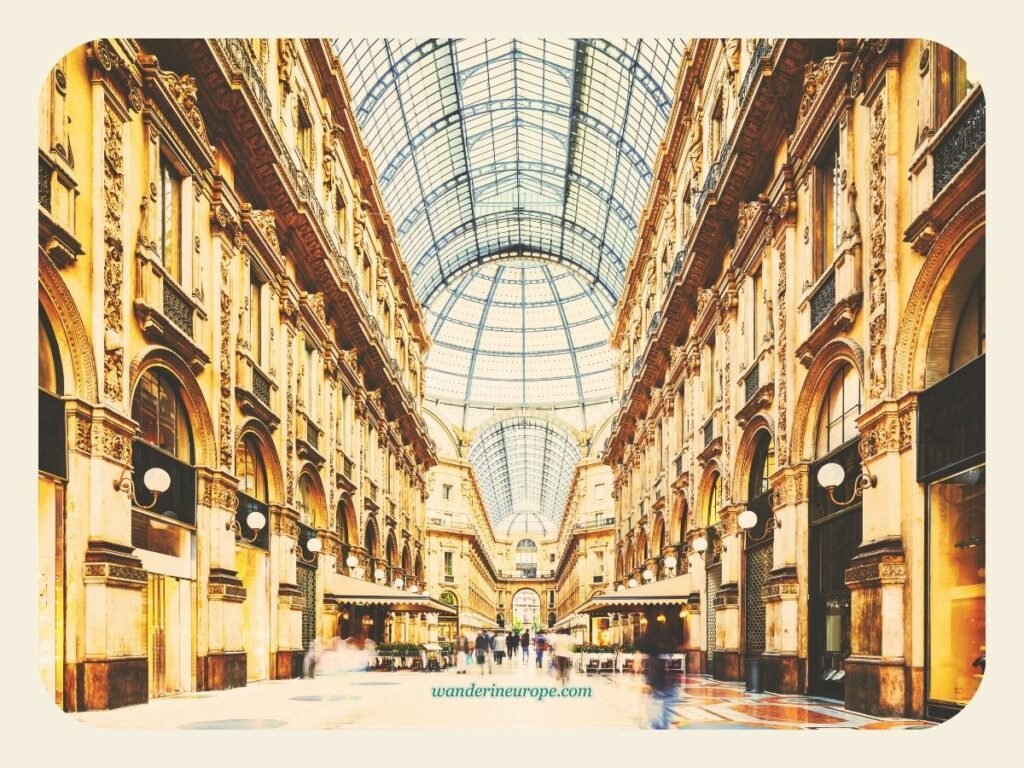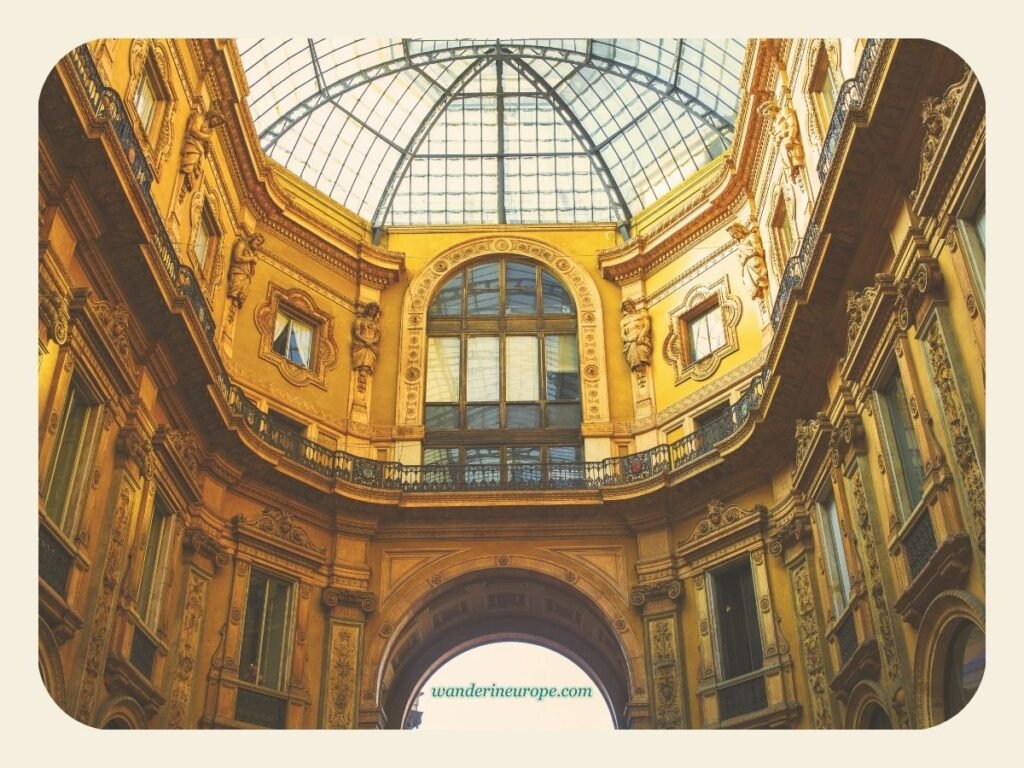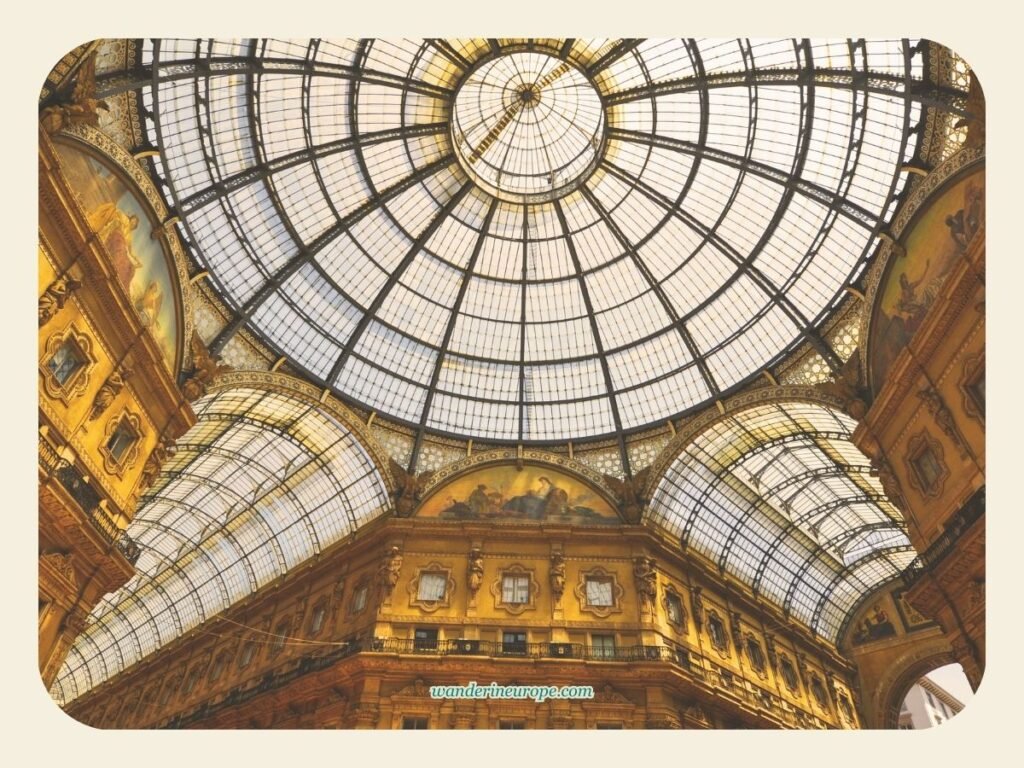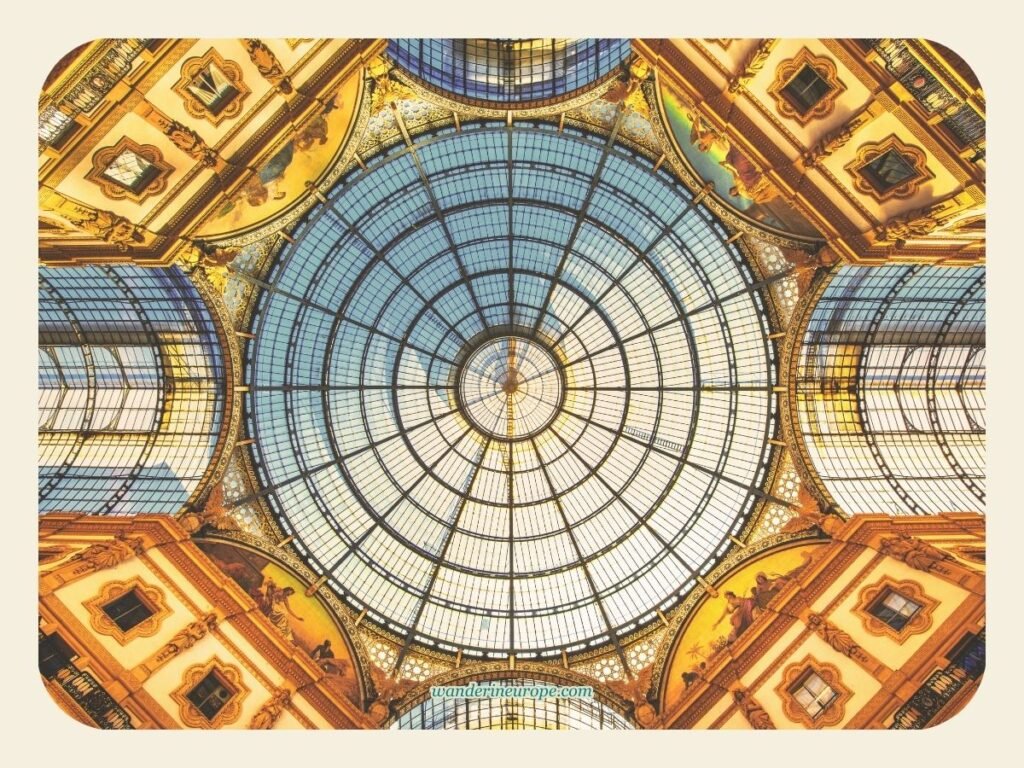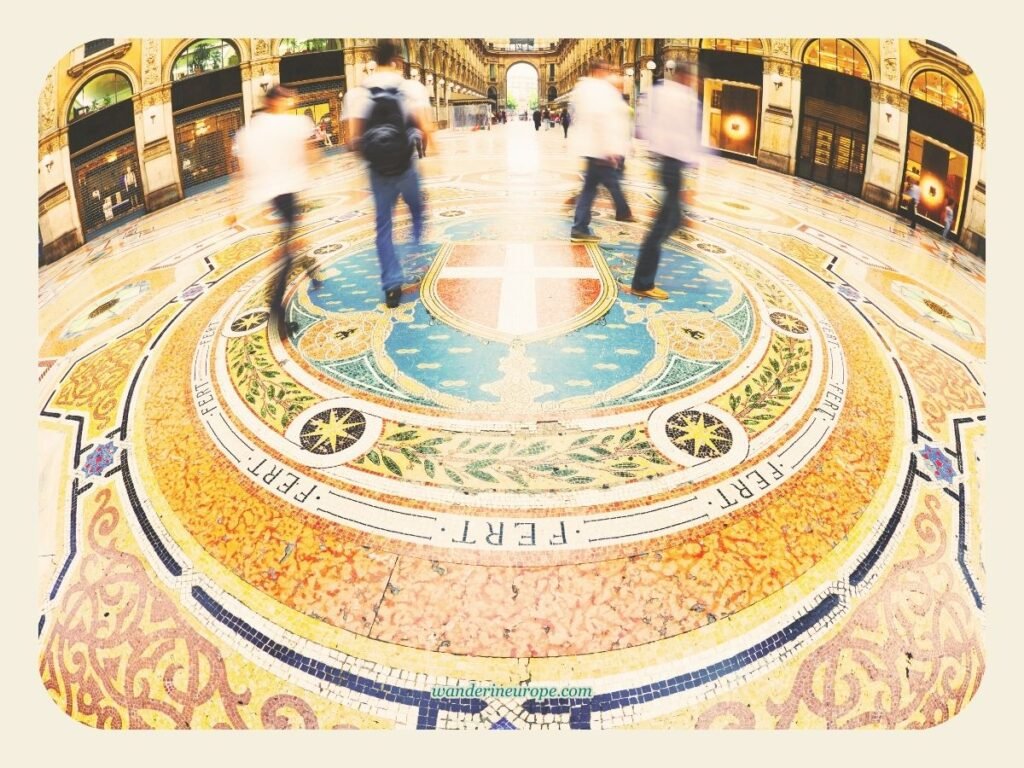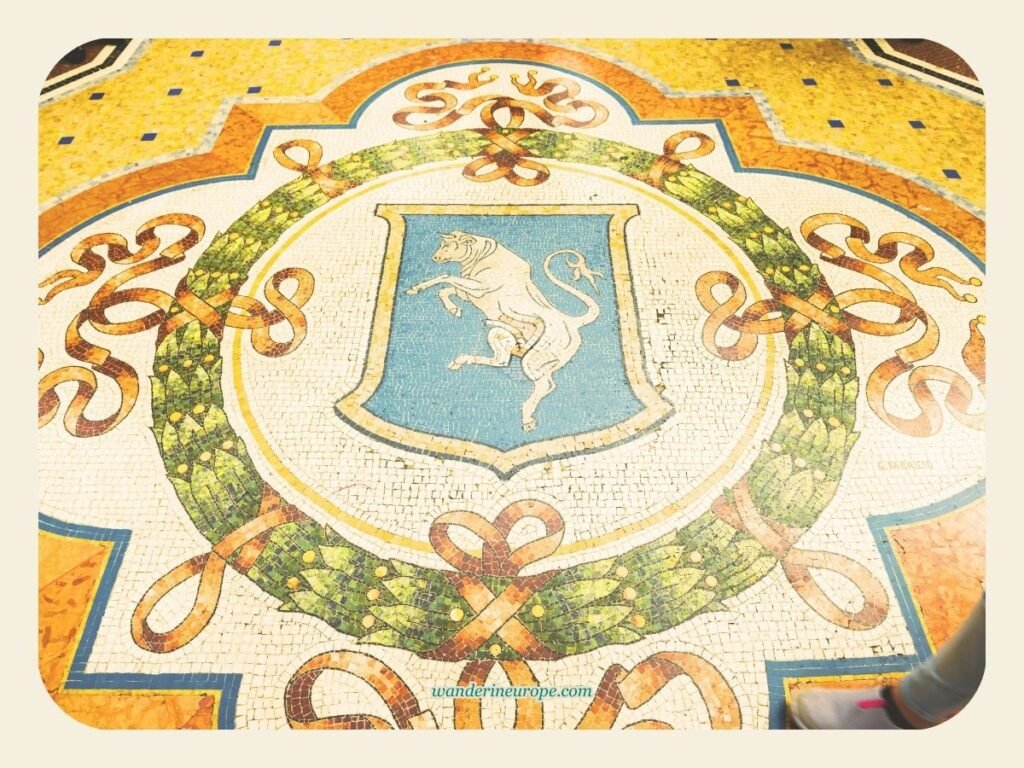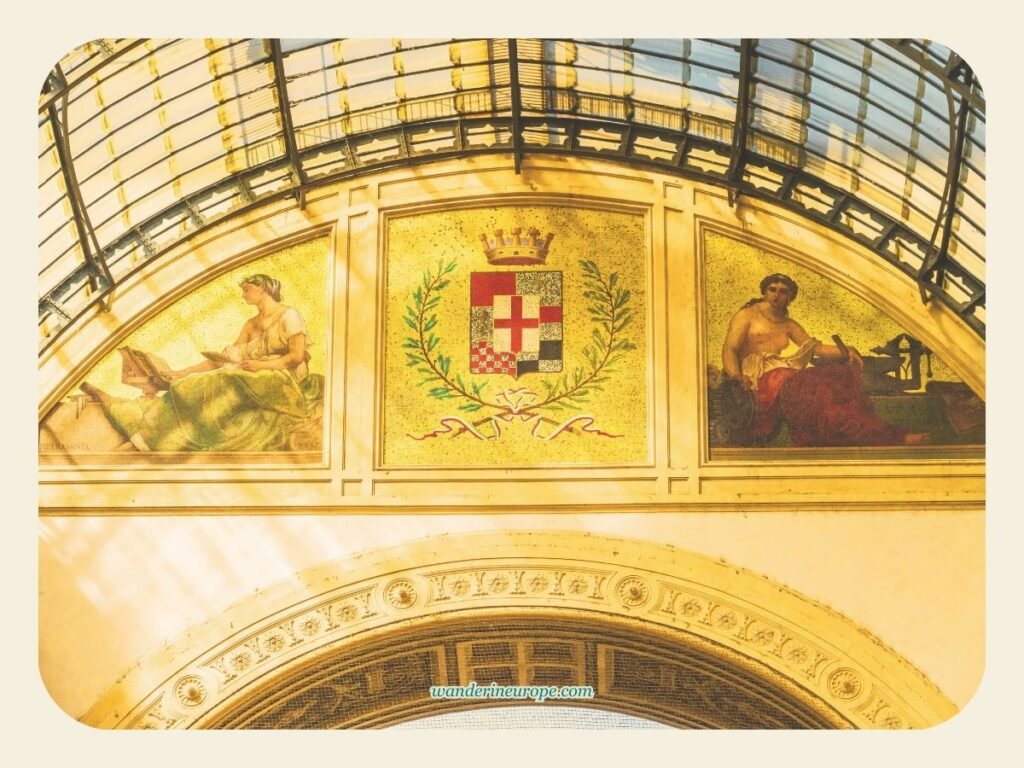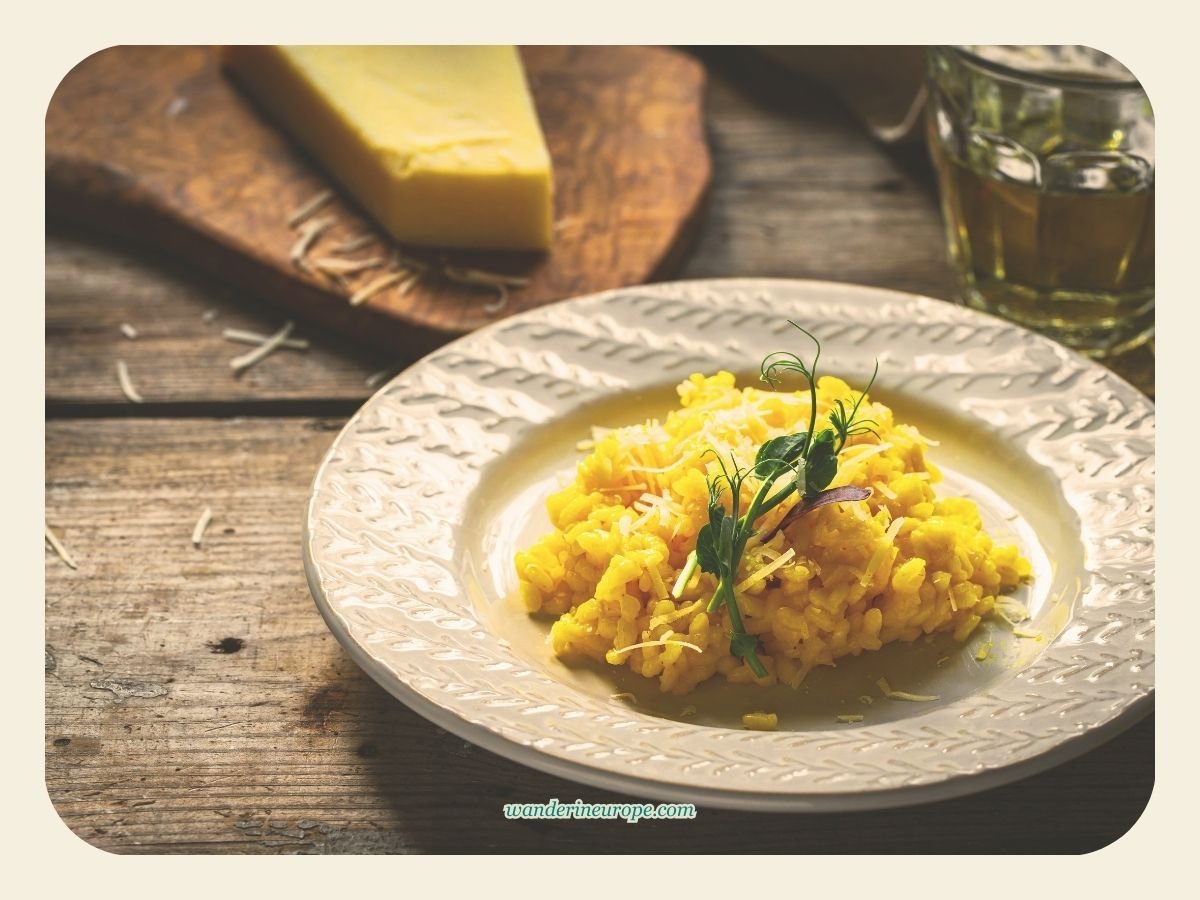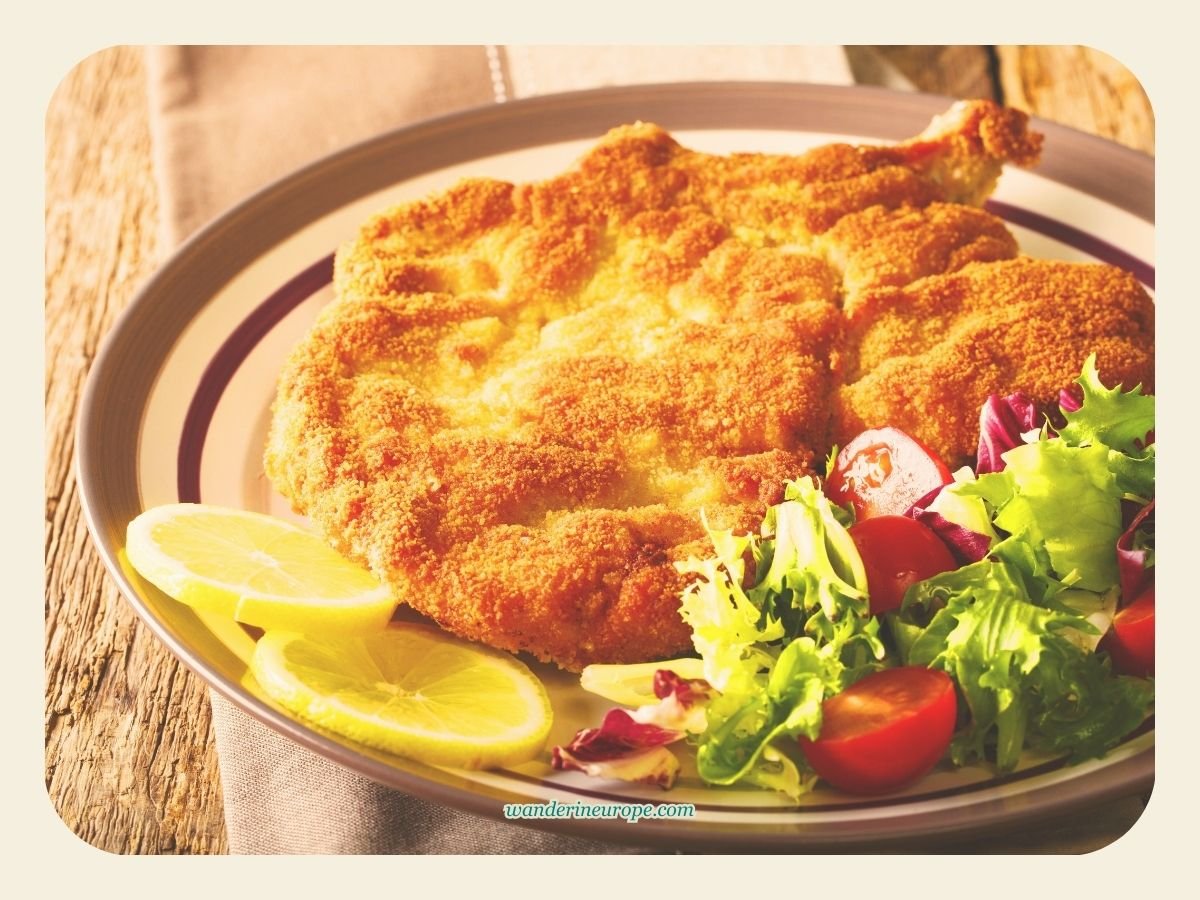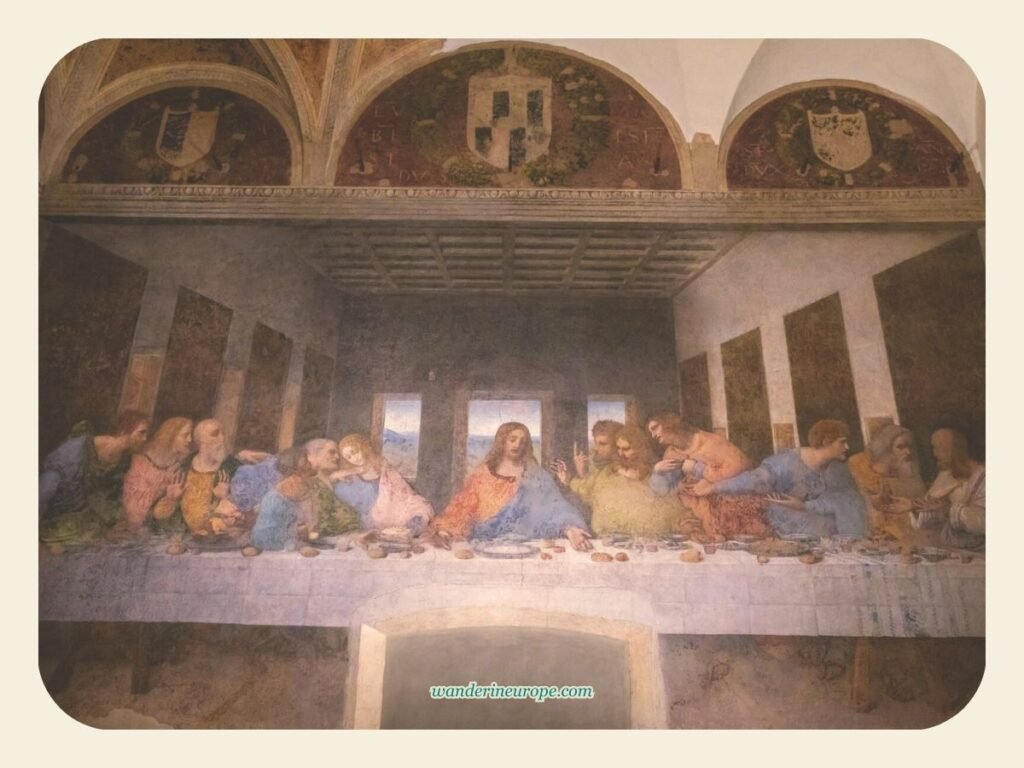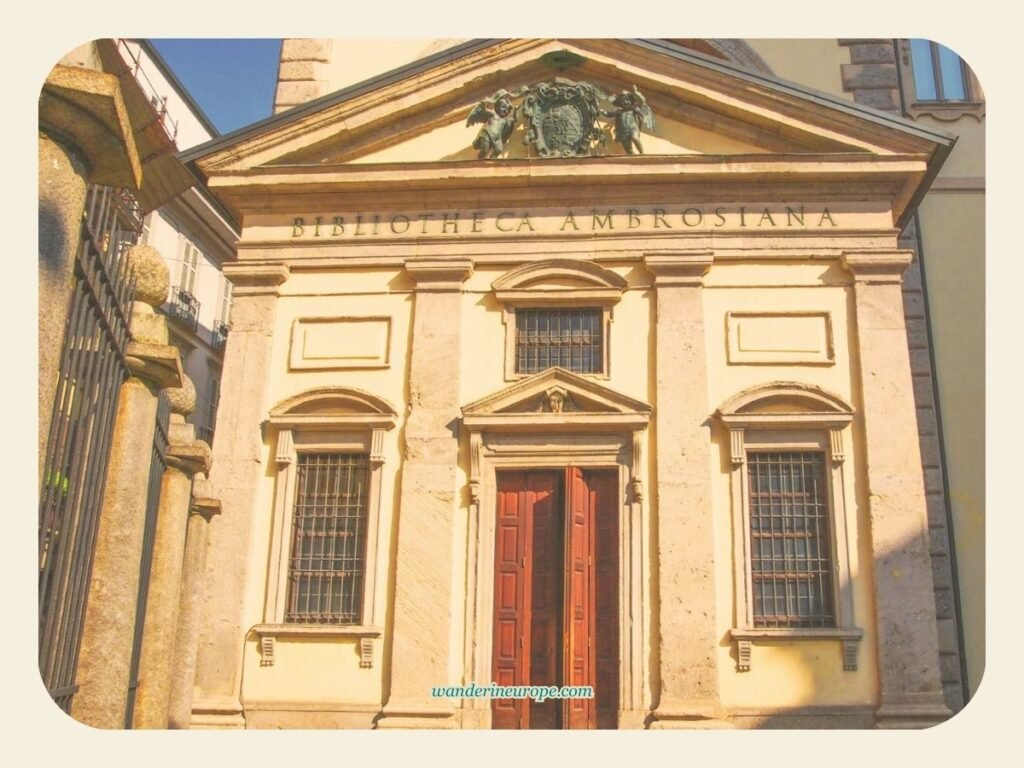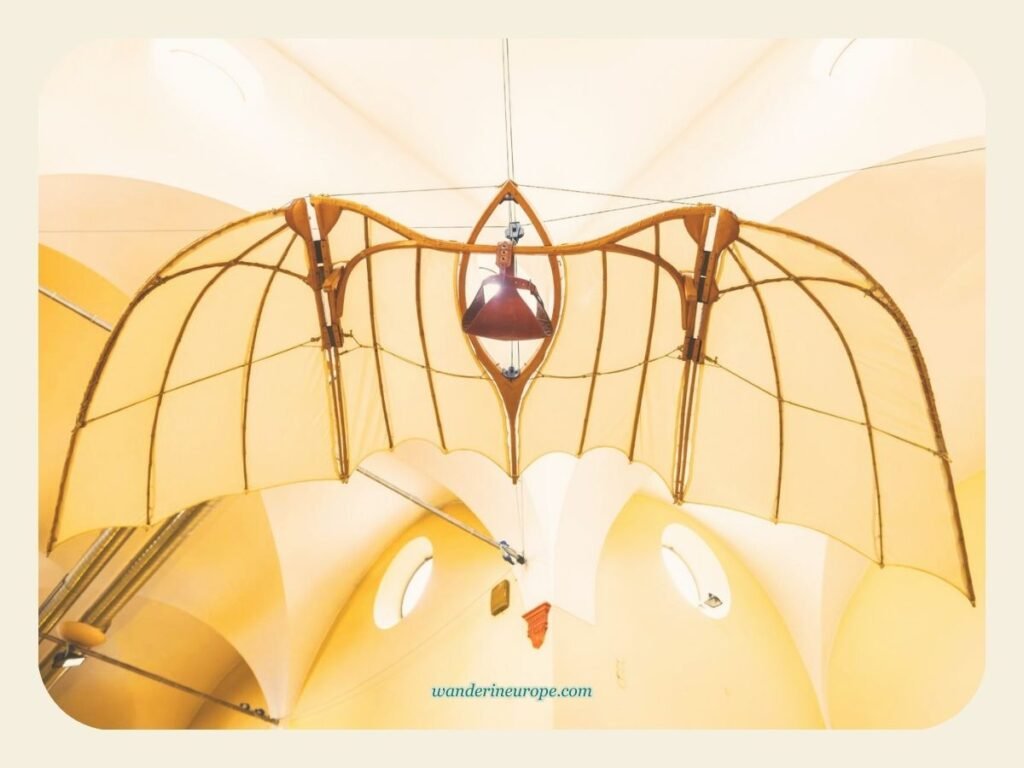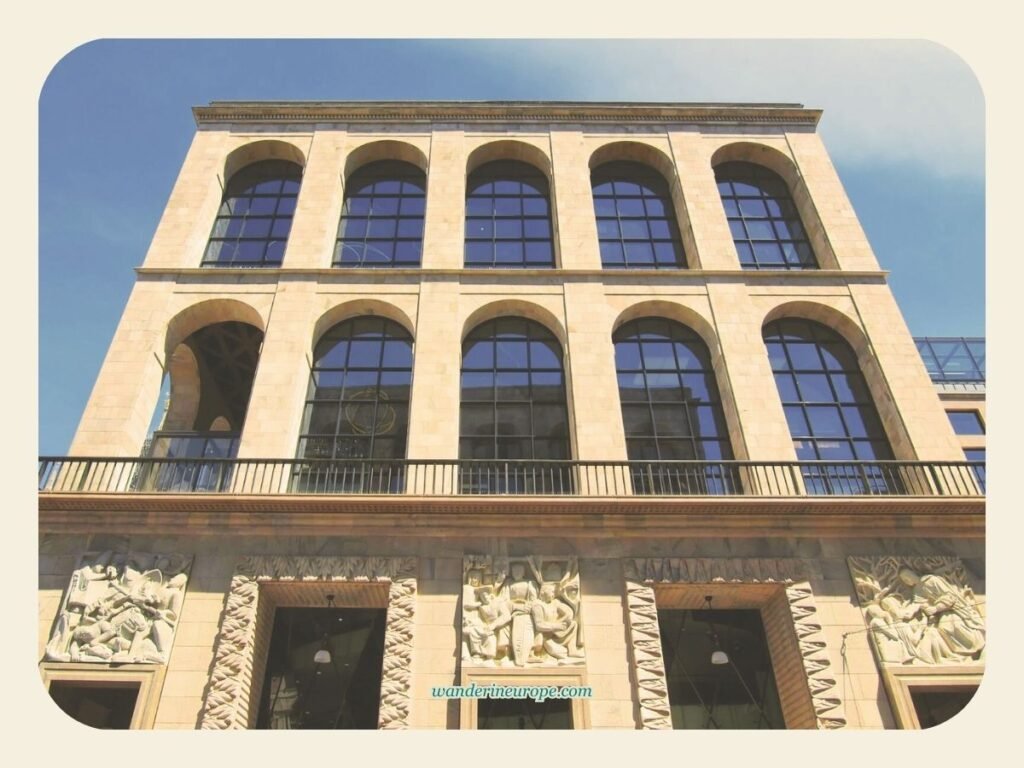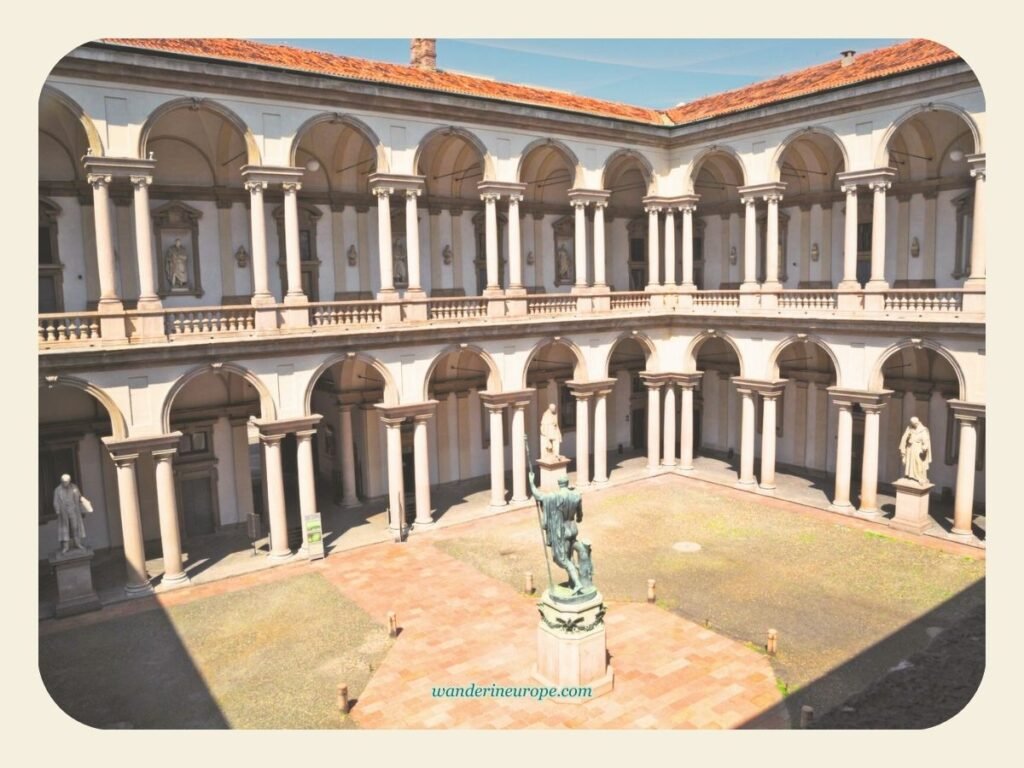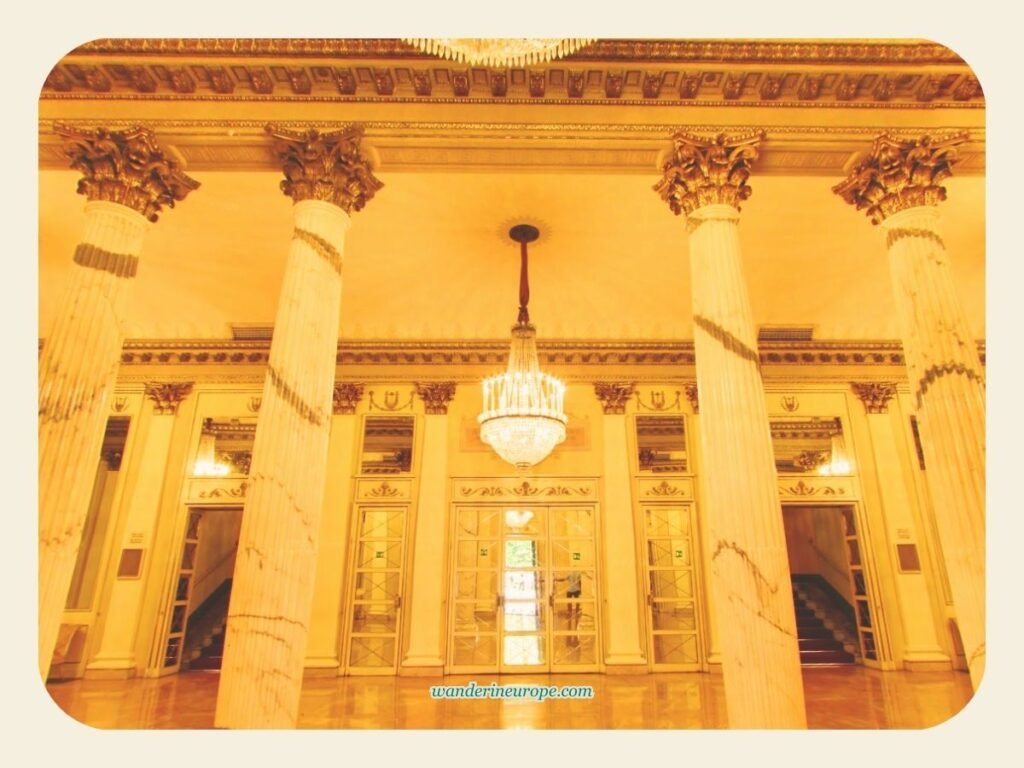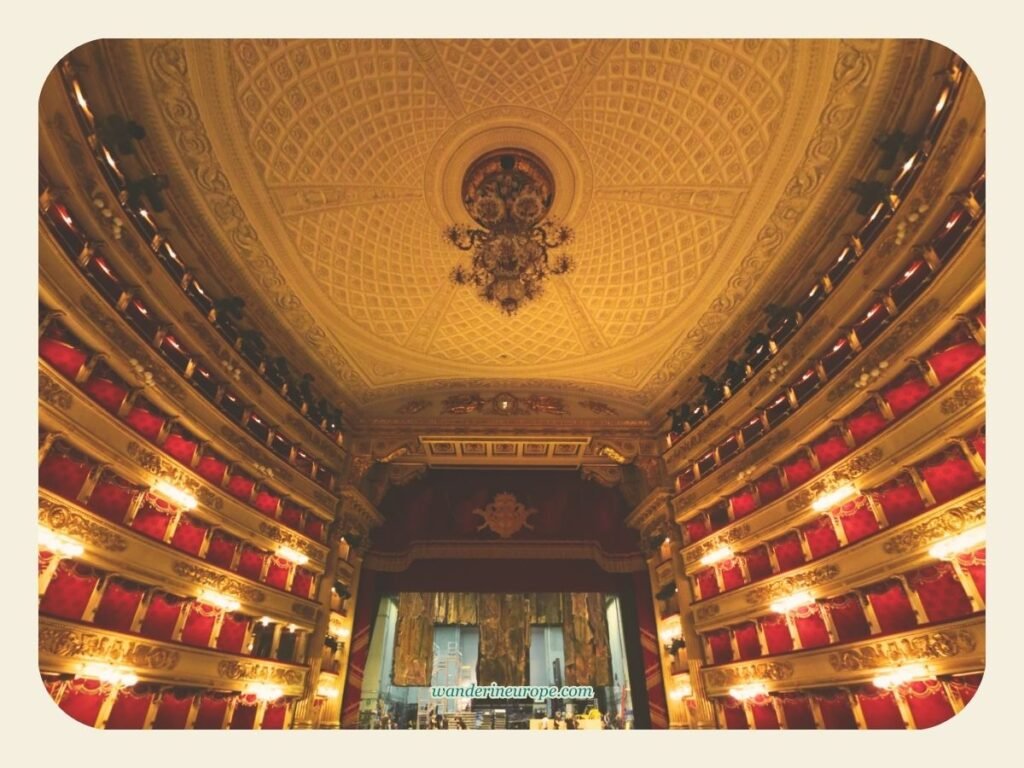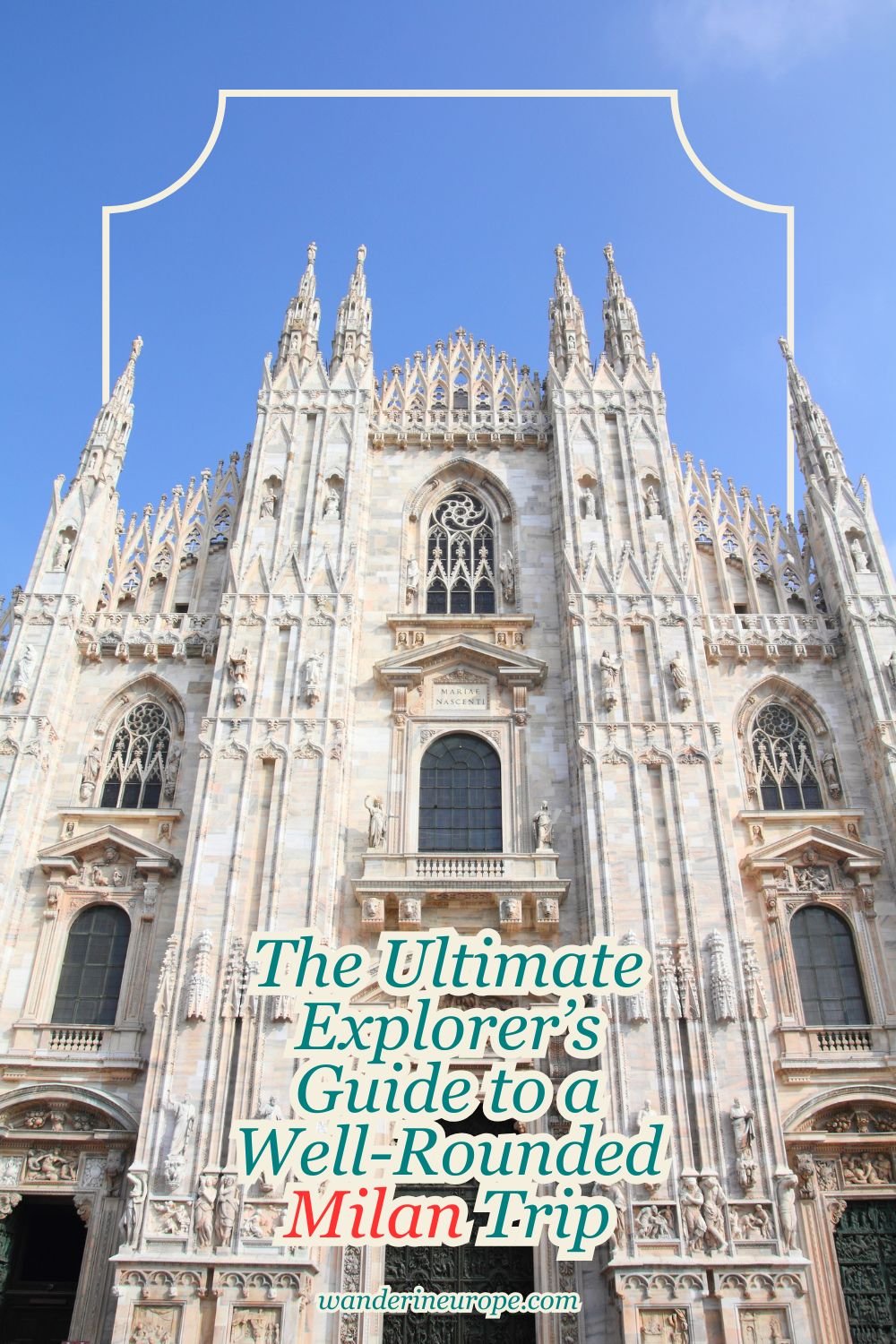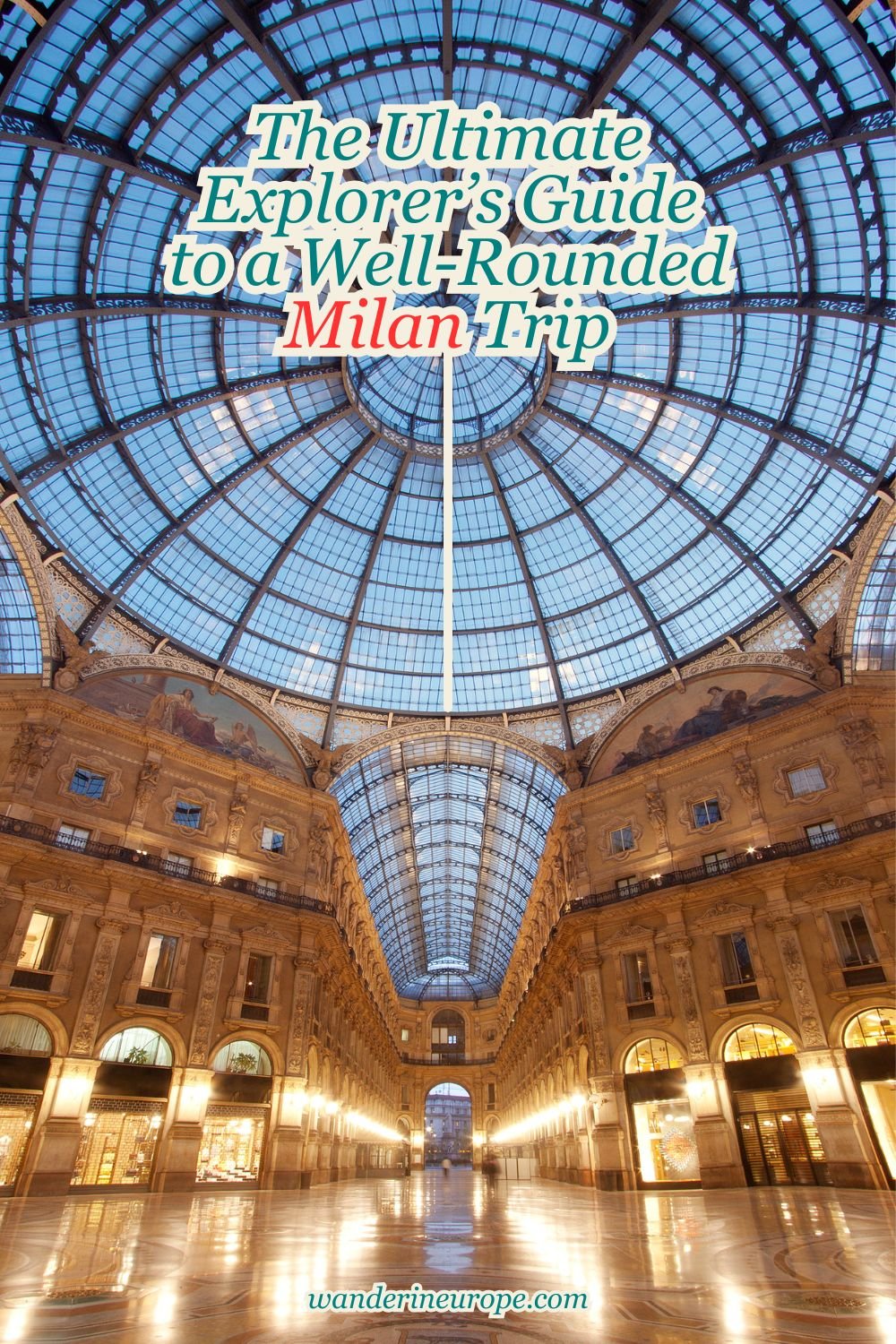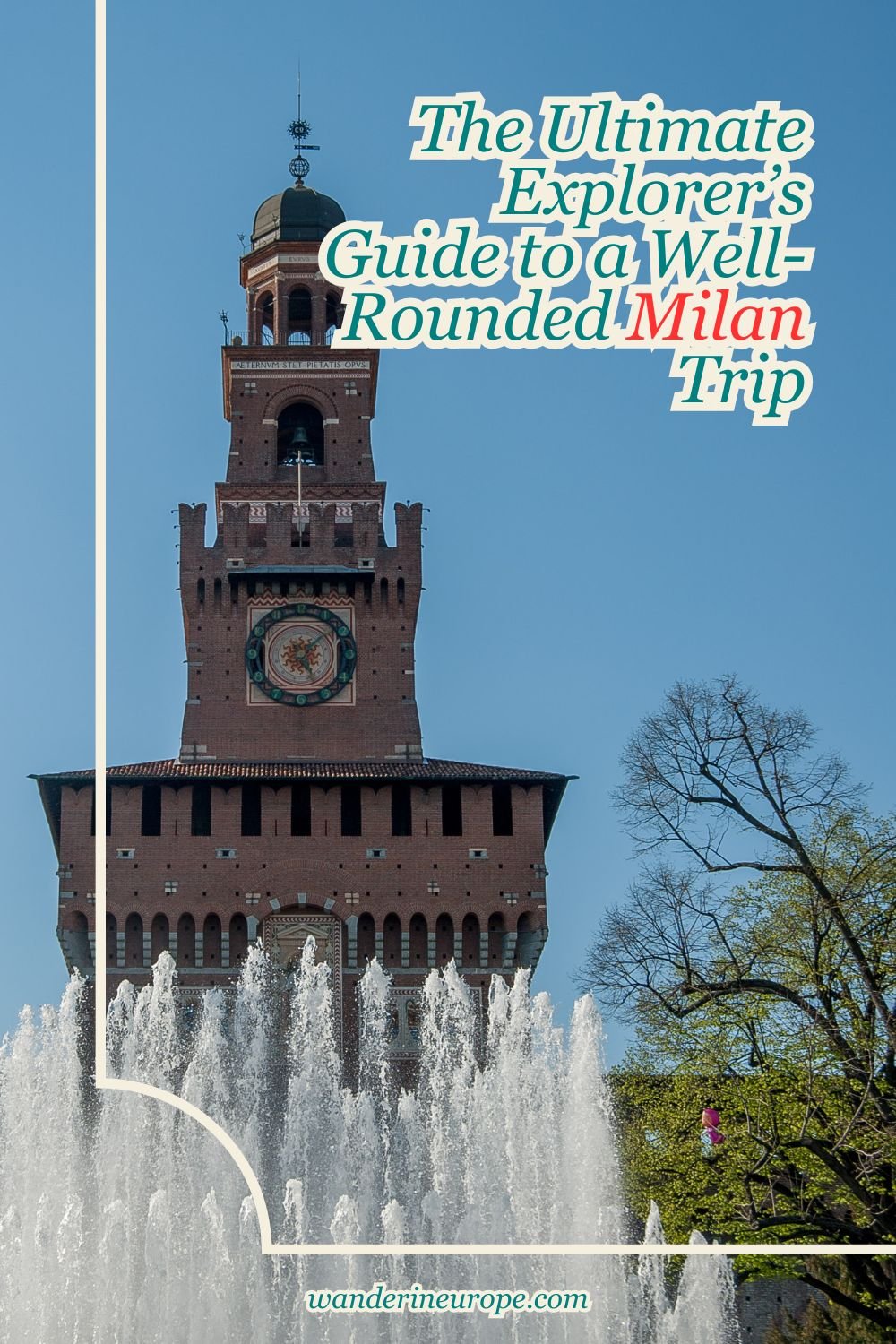The Ultimate Explorer’s Guide to a Well-Rounded Milan Trip
WanderInEurope is reader-supported. Affiliate links and ads help us keep creating useful content for you.
Visiting Italy for the first time and planning a trip to Milan can feel overwhelming. As the country’s second-largest city, Milan offers so many experiences that it’s hard to know where to start! From world-famous fashion shows to incredible food and stunning architecture, the options are endless for a few days’ trip. Sound familiar? Relate? Don’t worry—I’ve got you covered!
Let me take you through some of the best experiences in Milan to help you plan an unforgettable trip. Let’s go!
The Ultimate Destination
If there’s one reason Milan deserves a spot on your Northern Italy itinerary, it’s the stunning Milan Cathedral. No photo can truly capture its magnificence—but they’ll certainly tempt you to see it for yourself.
Most Notable Historic Sites
While Milan may not have as many historical landmarks as Rome, it boasts remarkable structures that reflect its rich past. The Duomo di Milano, Castello Sforzesco, and Porta Sempione stand as enduring symbols of the city’s heritage—and in my opinion, they offer such an incredible experience that they should be at the top of any visitor’s list.
If you find yourself in Cathedral Square (Piazza del Duomo) and head northwest for about a kilometer (0.6 miles), you’ll first encounter the striking Castello Sforzesco, followed by the grand Porta Sempione.


Castello Sforzesco
It is a historic military fortress that now houses museums and galleries filled with artifacts and masterpieces. Some of the most notable exhibits feature works by legendary Italian figures like Michelangelo and Leonardo da Vinci.
Sempione Park
This park is a historic green space behind Castello Sforzesco, home to the stunning Porta Sempione and Torre Branca. Visit to admire impressive architecture, enjoy the beautiful scenery, and take in amazing views from the tower.
Architectural Attractions
I’m not really into Modern architecture, but it definitely adds something interesting to Milan. Walking through the streets and seeing how the buildings have changed over time, it almost feels like you’re traveling through different eras of the city’s history. Besides Milan Cathedral and Castello Sforzesco, there are five other landmarks I think you’d really enjoy seeing.

Fashion and Shopping
Milan is an incredible place to shop—or at least window shop like a pro. Walking through the elegant shopping districts, there’s an undeniable energy—beautiful window displays, impeccably dressed people, and a sense that fashion is truly part of the city’s soul.
For me, there are two must-visit spots to walk around and shop in Milan: Galleria Vittorio Emanuele II, also known as Milan’s Drawing Room, and the luxury fashion district, Quadrilatero della Moda.
Milan’s Drawing Room
Milan’s Drawing Room, the Galleria Vittorio Emanuele II, is right in the center of Milan, connecting Piazza del Duomo with Piazza della Scala. It’s home to around 50 shops, from high-end fashion to unique bookstores and galleries. You’ll also find some great places to eat, like Biffi and Cracco, where you can enjoy modern Italian cuisine in an iconic setting.
Quadrilatero Della Moda
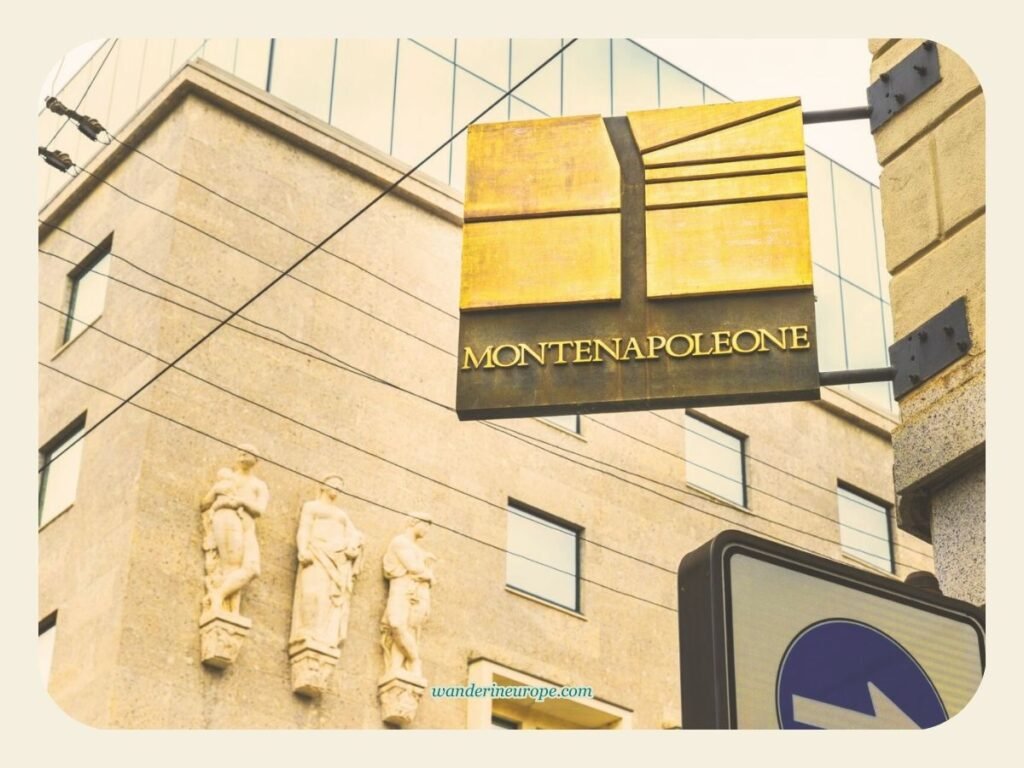
Quadrilatero della Moda, Milan’s fashion district, is located between Via Montenapoleone, Via della Spiga, Via Sant’Andrea, and Via Manzoni. It is home to luxury boutiques, designer flagship stores, and high-end ateliers, offering a top-tier shopping experience. Visitors can also enjoy stylish cafés and sophisticated restaurants, perfect for relaxing after indulging in the latest fashion trends.

Michelin-Starred Restaurant
If you love exploring and eating great food, Milan is the place for you! The city has a mix of amazing dining options, from casual neighborhood trattorias to fancy Michelin-starred restaurants. In recent years, Milan had more or less 15 Michelin-starred restaurants, including Enrico Bartolini al Mudec, which has the rare three-star rating!
So, what does a Michelin star actually mean? It’s a system used by the famous Michelin Guide to rate restaurants. One star means “very good,” two stars mean “excellent and worth a detour,” and three stars mean “exceptional and worth a special trip.” Just keep in mind, eating at these high-end spots can get pretty pricey.
Here’s what Michelin Guide found in Enrico Bartolini al Mudec was awarded why it earned Michelin three stars:
“This elegant, contemporary – style restaurant on the third floor of the Museo delle Culture offers an original location and attentive, solicitous service. The apparent simplicity of the menu sets the tone for a concert of dishes which feature extraordinary soloists backed by choirs of ingredients and variations on the same theme, all arranged across several courses which are striking for their imaginative quality. The conductor of this culinary orchestra is young Bartolini, poised and composed on the outside yet full of passion and energy within.” — Michelin Guide
Here is the link to Michelin Guide to see all the Michelin star restaurants in Milan.
But it’s not just about the stars. Milanese chefs are famous for their creative cooking. For example, at Spore in Porta Romana, fermented ingredients take center stage. And if you’re a seafood lover, you have to check out Langosteria, which is known for serving the best fish and shellfish in the city.
From great hotel deals to skip-the-line tickets and affordable eSim to cheap rentals, click here for the best hotel deals and more travel discounts.

Leonardo da Vinci

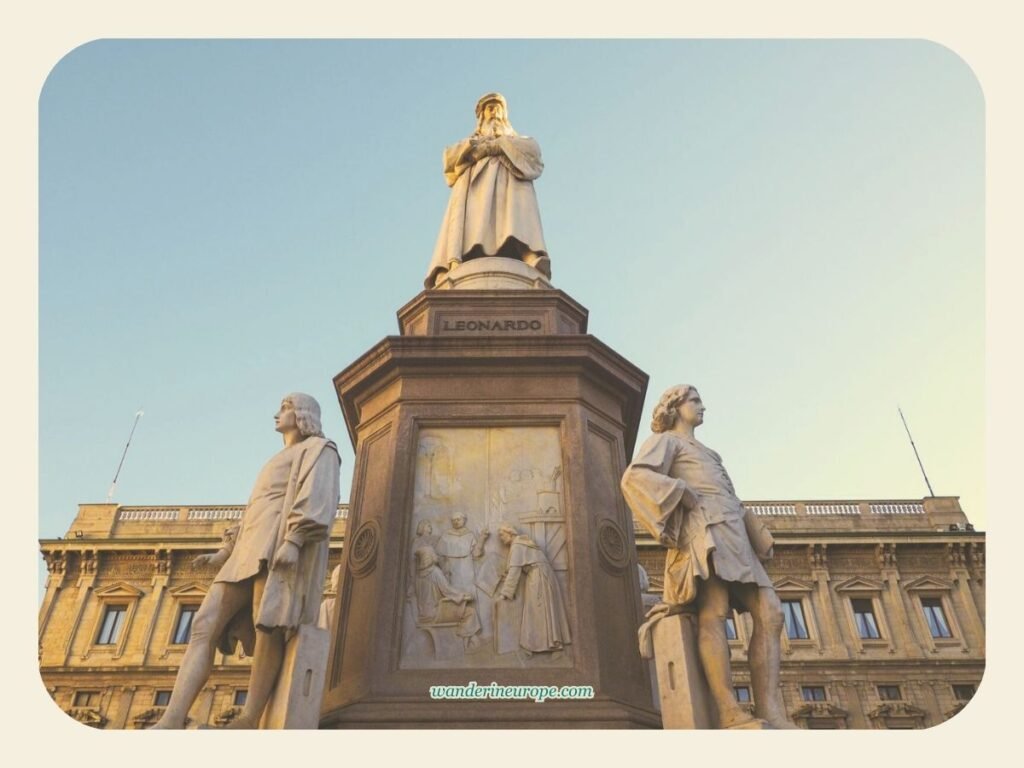

What really sets Milan apart from other Italian cities is its connection to Leonardo da Vinci. Even though he was born in Florence, Leonardo spent a lot of time in Milan, and his influence is still visible in the city today.
What makes Leonardo da Vinci so amazing? Well, he was a genius who changed the world. He’s most famous for his iconic paintings, the “Mona Lisa” and “The Last Supper,” which are probably the most talked-about and copied artworks ever.
However, Leonardo wasn’t just an artist—he’s considered one of the smartest people in history. He excelled in everything from painting and sculpture to writing, music, engineering, invention, and even anatomy! Seeing his work in person is truly incredible and makes you want to learn more.
For 17 years, Milan was home to Leonardo da Vinci, where he created some of his most famous works, many of which are still in the city today. Here are the top three Leonardo da Vinci-related attractions in Milan that you definitely shouldn’t miss.
- The painting of the Last Supper in Santa Maria Delle Grazie
- Atlanticus Codex (and more) in Pinacoteca Ambrosiana
- Leonardo da Vinci National Science and Technology Museum

Other Notable Museums
Milan, with over 50 museums throughout the city, is a great destination for culture lovers and curious explorers. The Leonardo da Vinci National Science and Technology Museum and the Pinacoteca Ambrosiana are particularly notable, but there’s so much more to discover.
The city’s museums showcase its rich culture, arts, design, fashion, and beyond. Some feature archaeological finds and scientific inventions, while others focus on sports! In addition to the ones mentioned, I’d recommend visiting the Museo del Novecento, Pinacoteca di Brera, and MUDEC – The Museum of Cultures.
Here’s a list of all the museums in Milan for you to check out.
Urban Art
If you’re looking for something different in Milan, the street art scene is definitely worth checking out. The city has what might be Italy’s longest stretch of street art and graffiti—an entire urban canvas full of vibrant colors and creativity. Walking through these streets feels like stepping into the minds of the people who live here, with each piece telling a personal story or sharing an expression. Some murals have powerful messages, while others pay tribute to famous figures from recent years.
You’ll spot these works all over Milan, but the Ortica district, just east of the city center, is where you’ll find the most concentrated collection, especially along Via Ortica and Via Camillo e Otto Cima. Want to see it for yourself? Check out a 360-image of the area and explore it virtually.
Via Ortica
Via Camillo o Otto Cima
La Scala


Even if opera isn’t your thing (it’s not mine either), you’ll definitely want to visit Teatro Alla Scala, or La Scala, when you’re in Milan. It’s Italy’s most famous opera house, and just being there is an unforgettable experience.
Go Beyond Milan
When traveling in Northern Italy, Milan is just the beginning of an incredible journey. Head north to see the breathtaking Dolomites, or go south to explore the picture-perfect Cinque Terre. Surrounding Milan, you’ll find even more cities and towns filled with stunning historical landmarks that make for an unforgettable experience—like Verona, Florence, and Venice. Here’s WanderInEurope’s bucket list of must-visit destinations in Northern Italy to get you started!
For a convenient, unique, or more enriching visit, check out these experiences and services:


Pin this to save it for later or bookmark it to read anytime.


